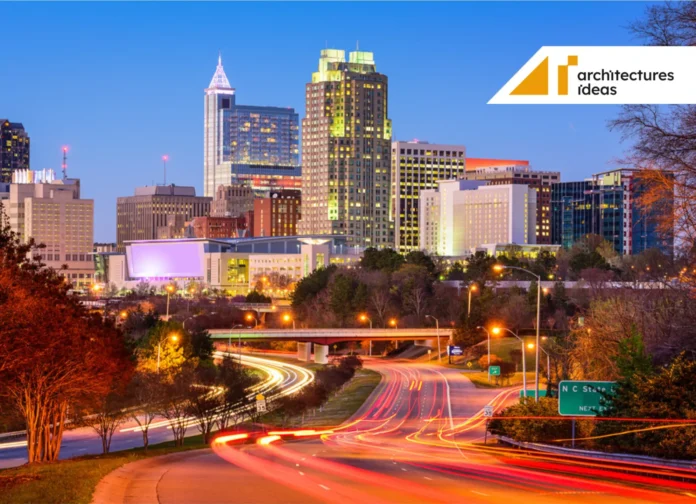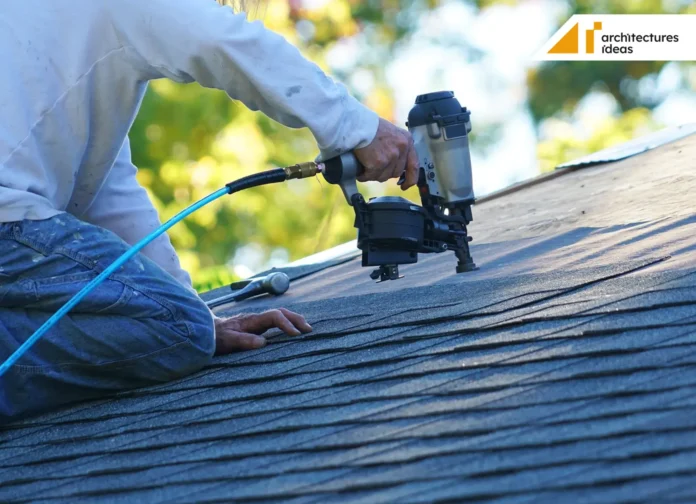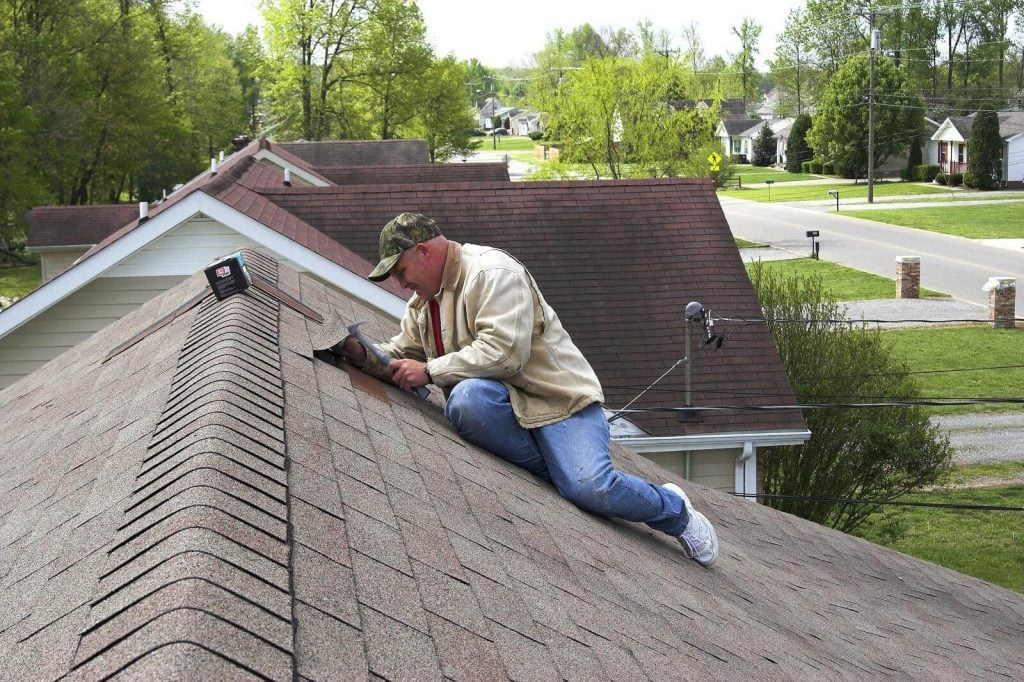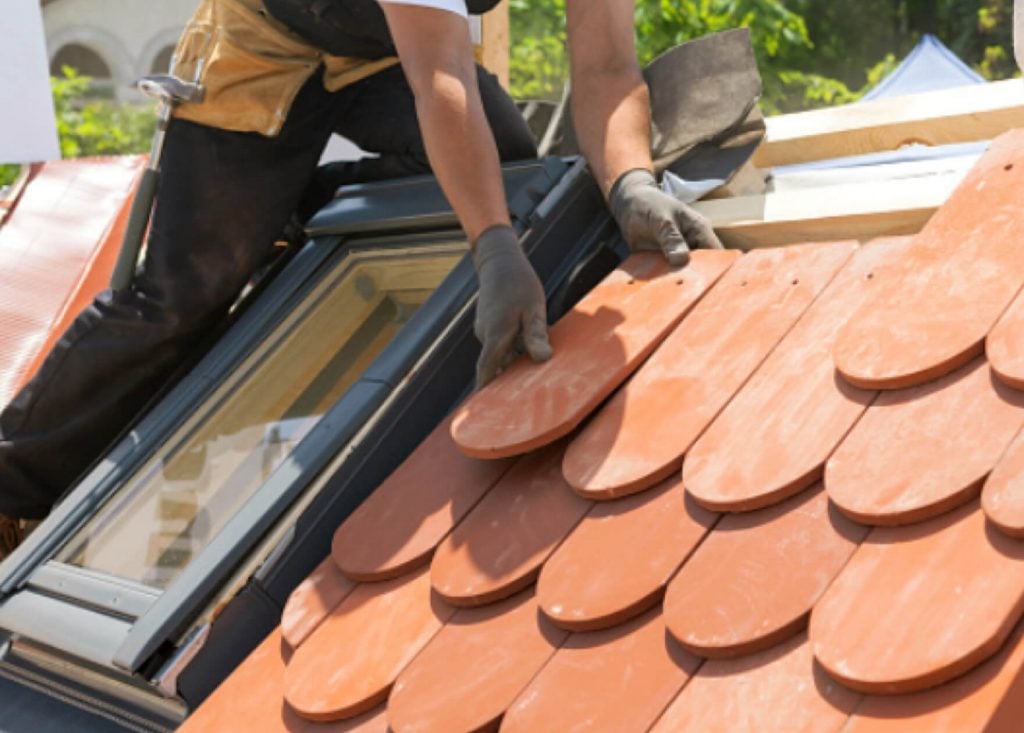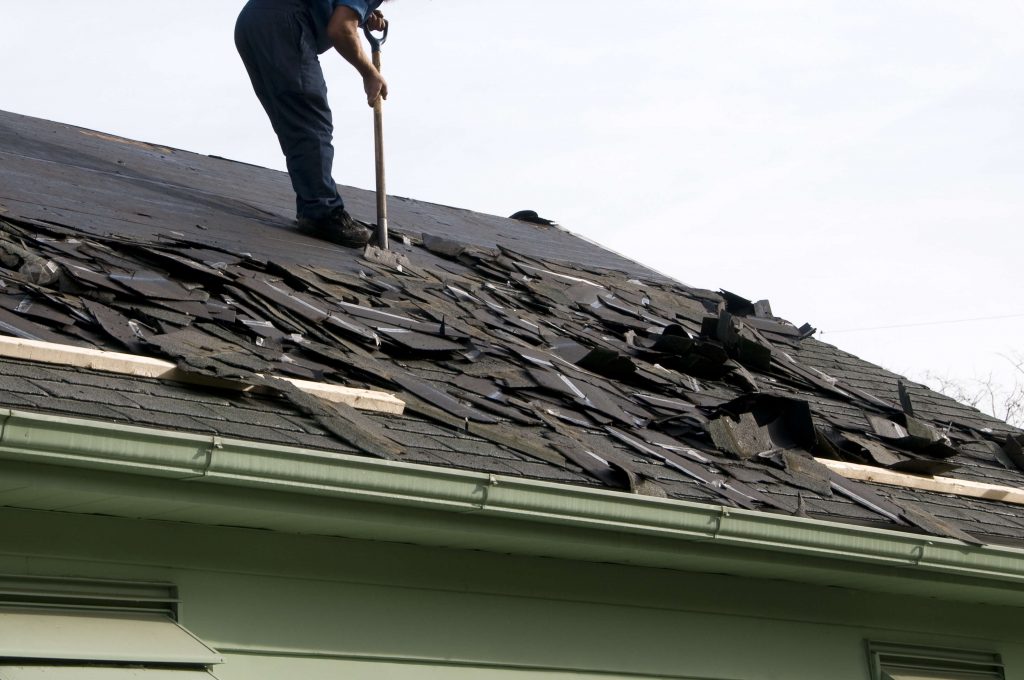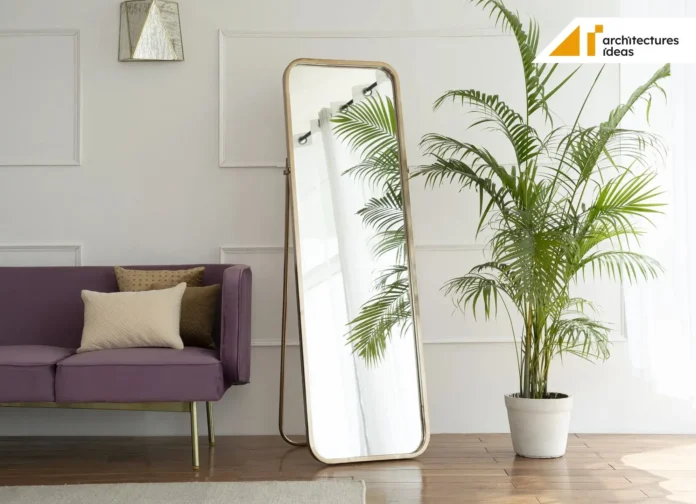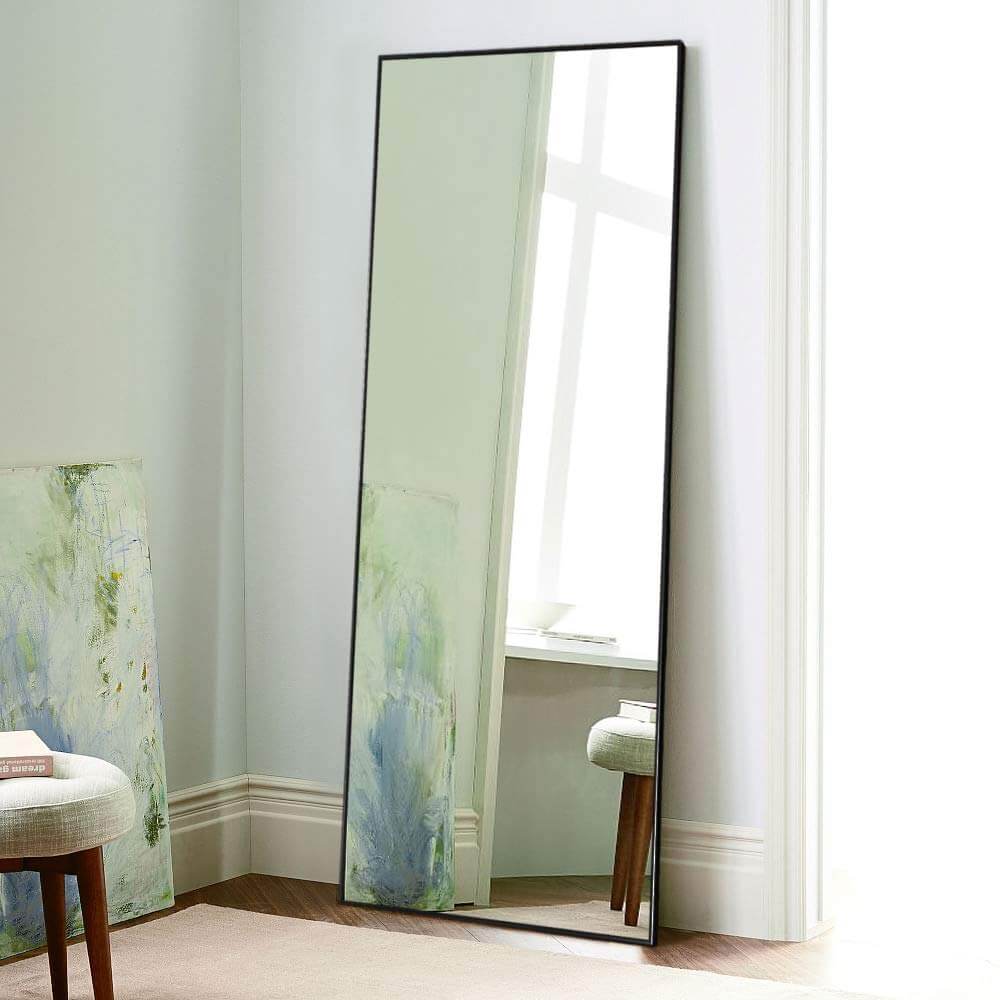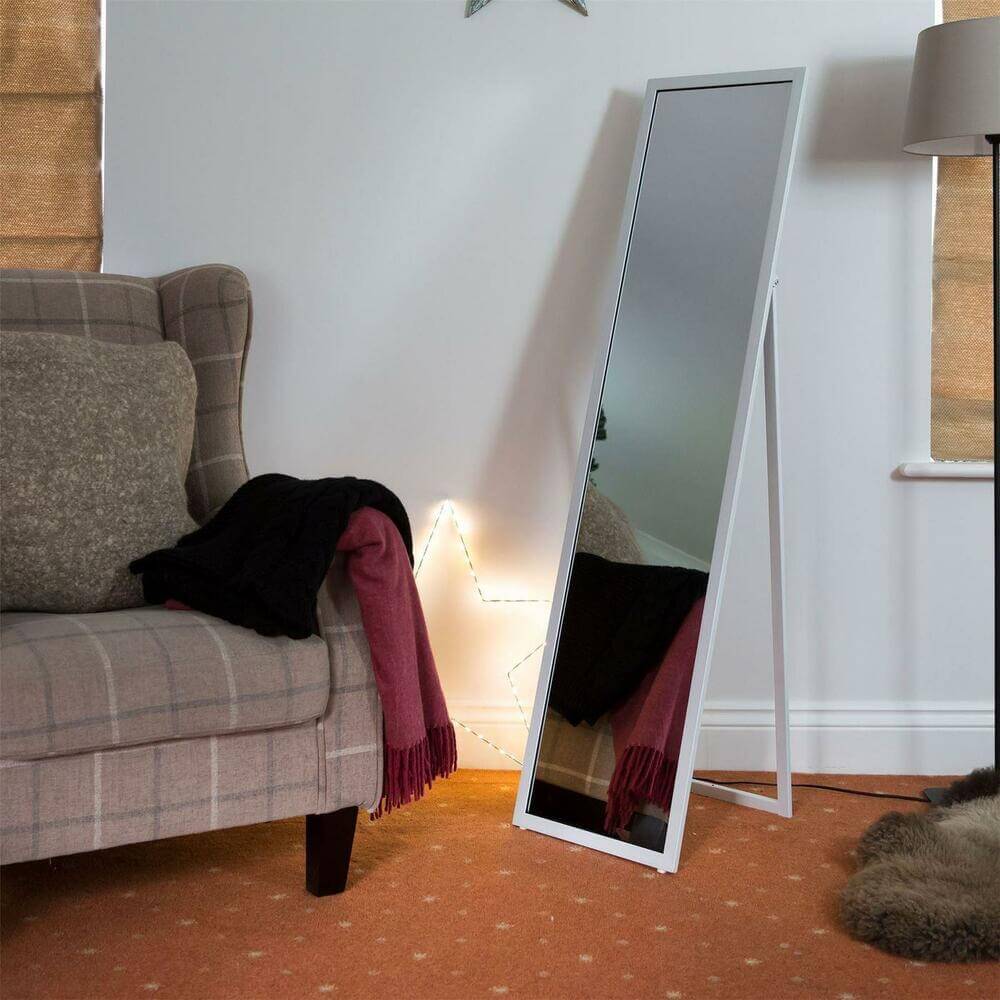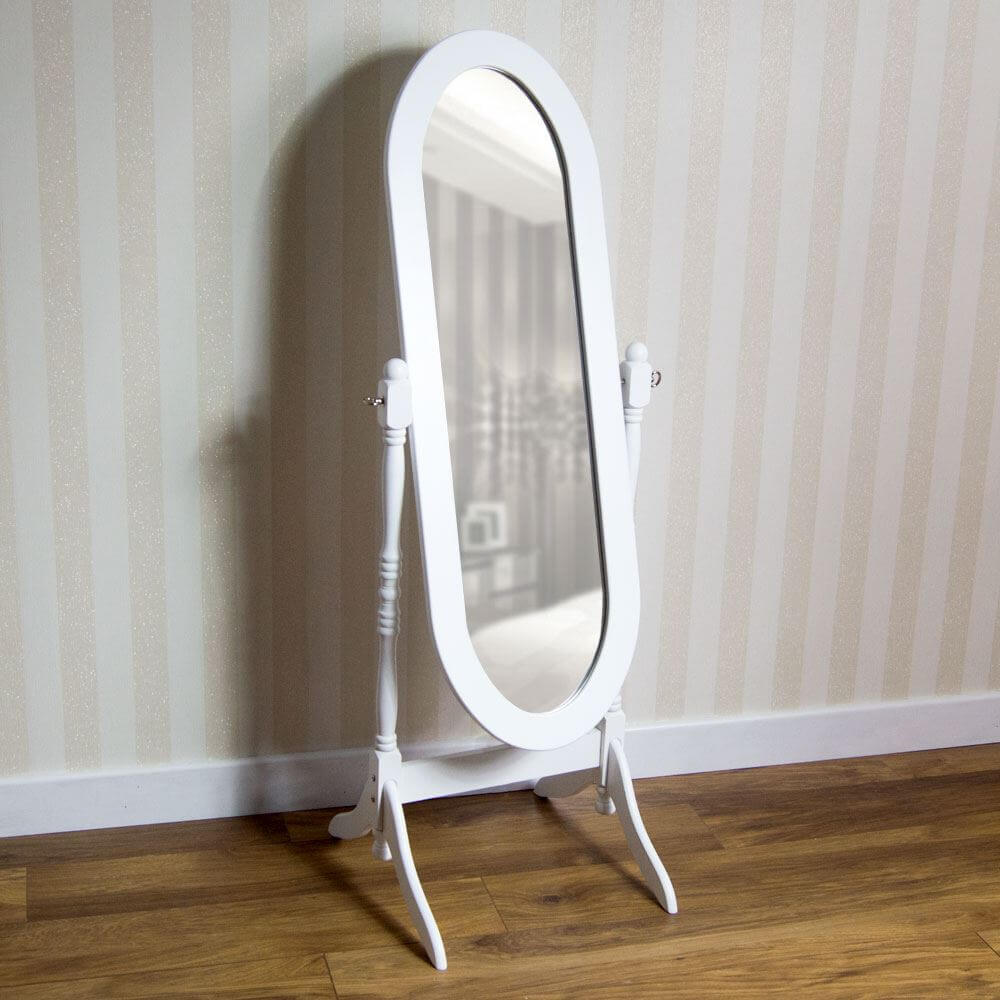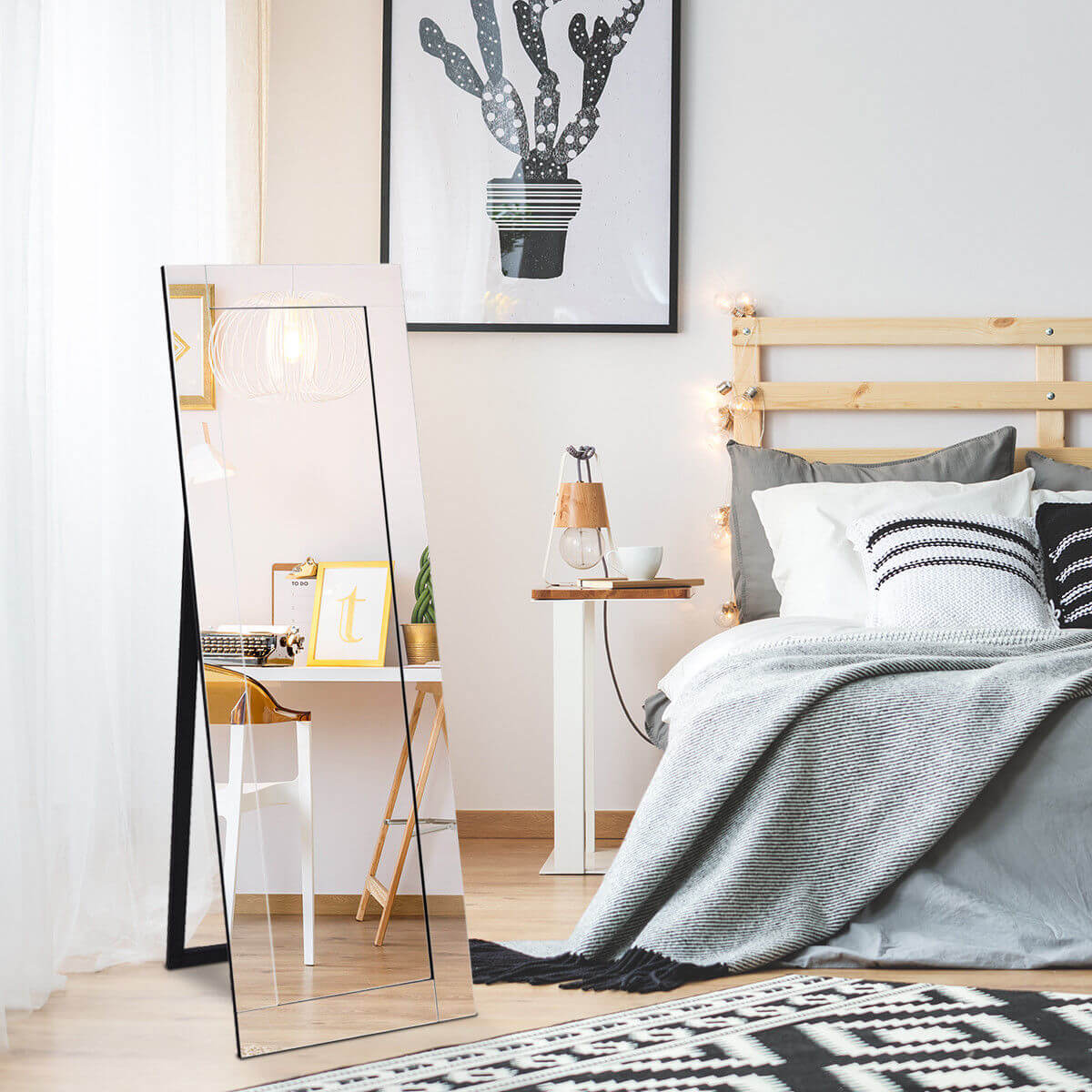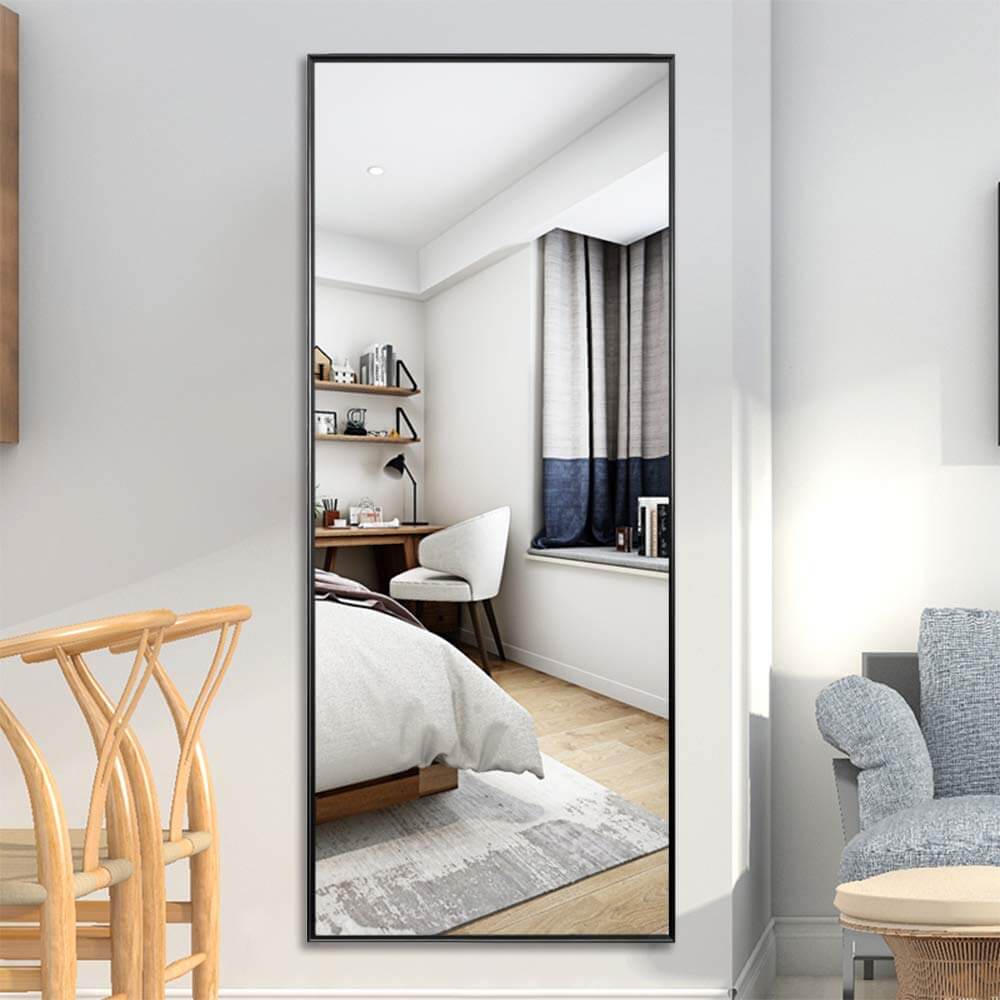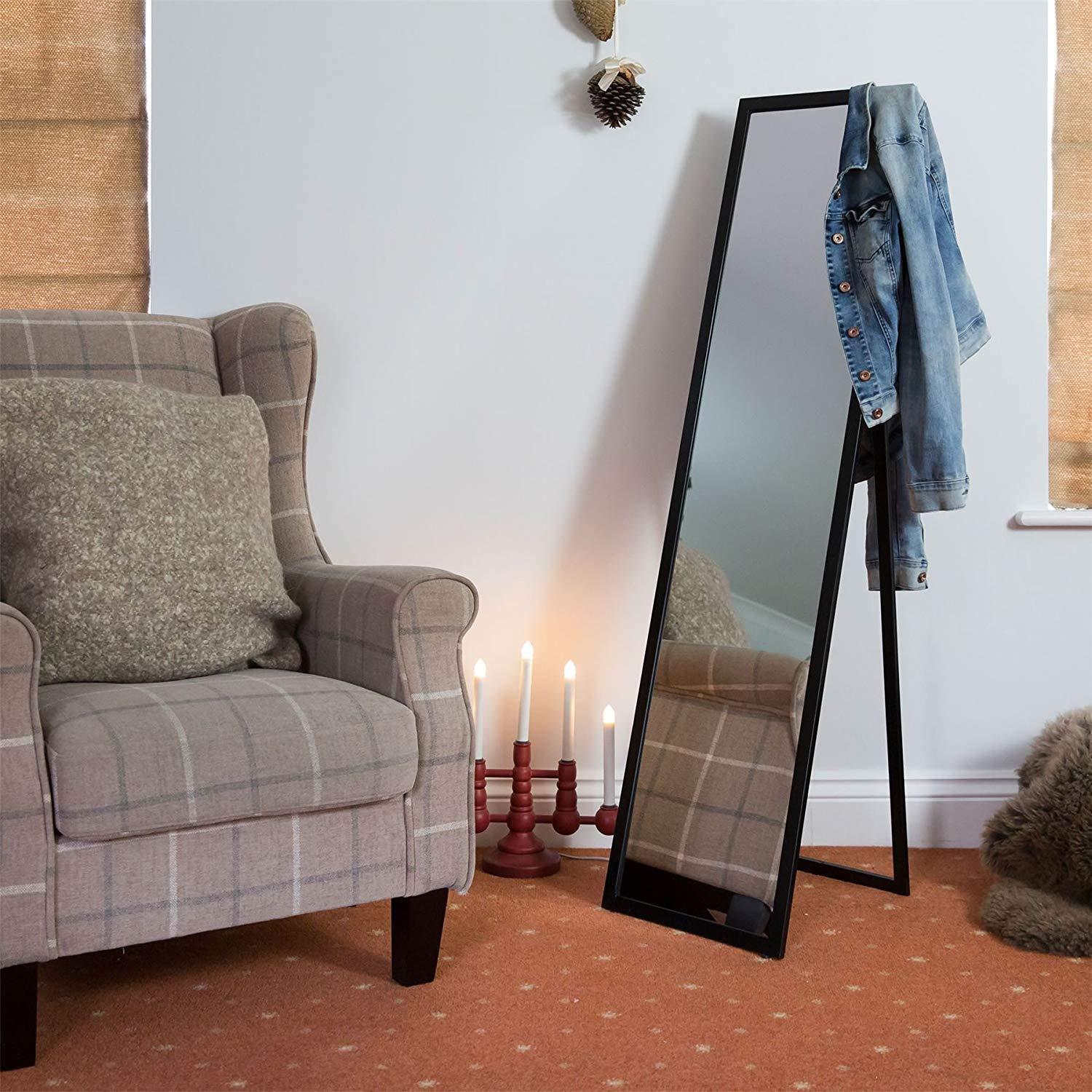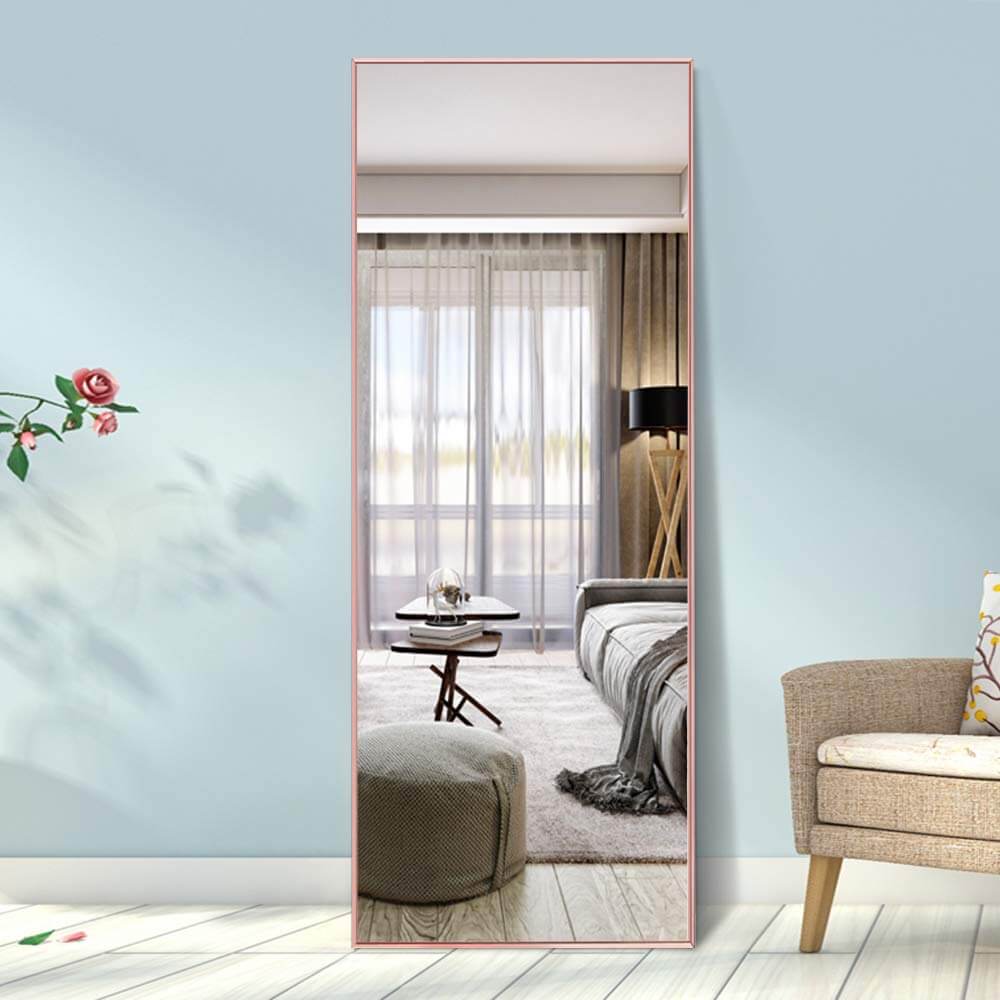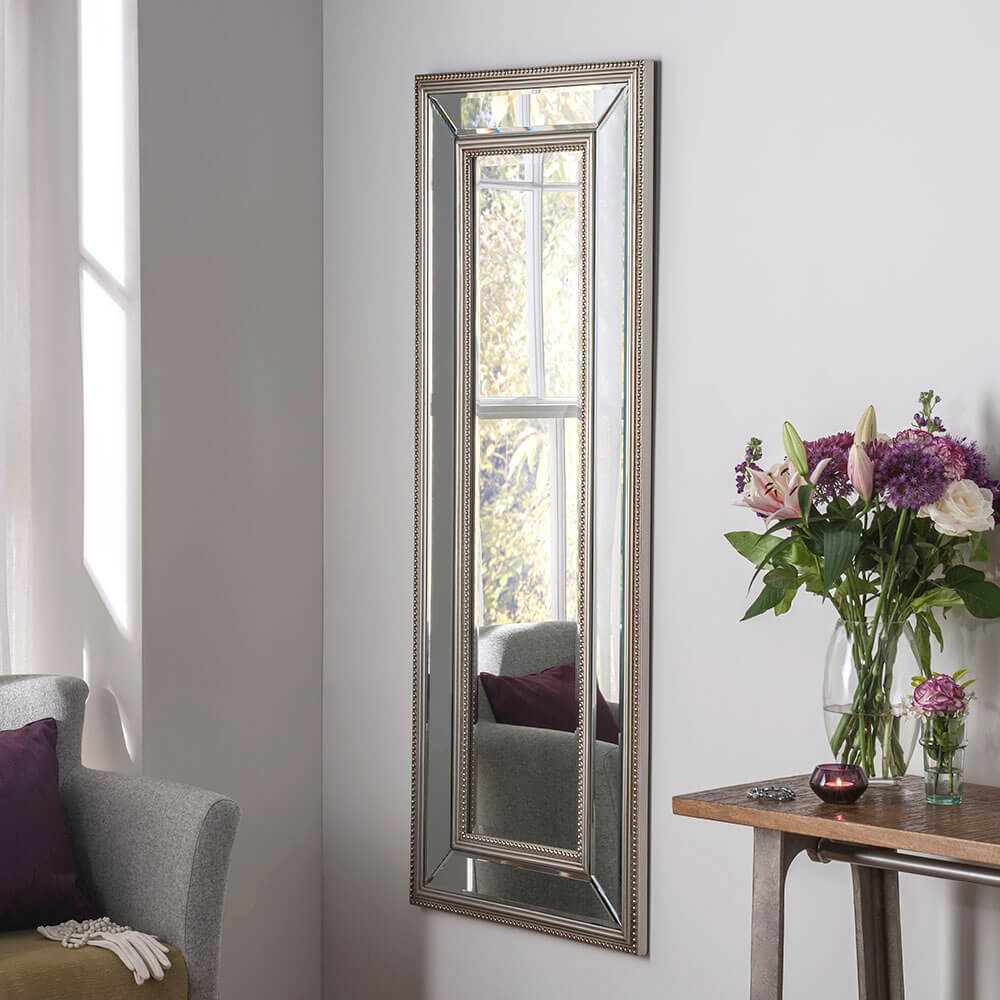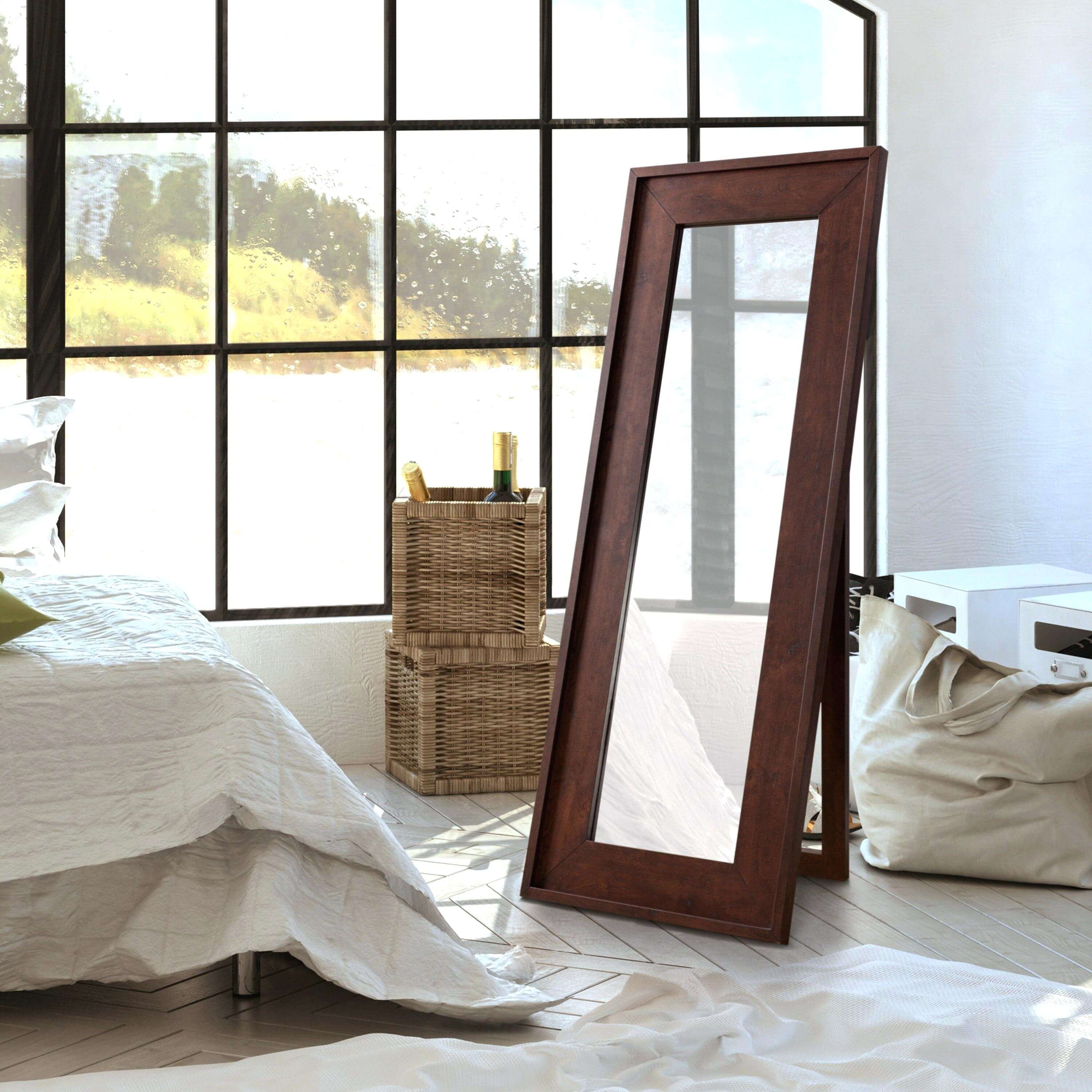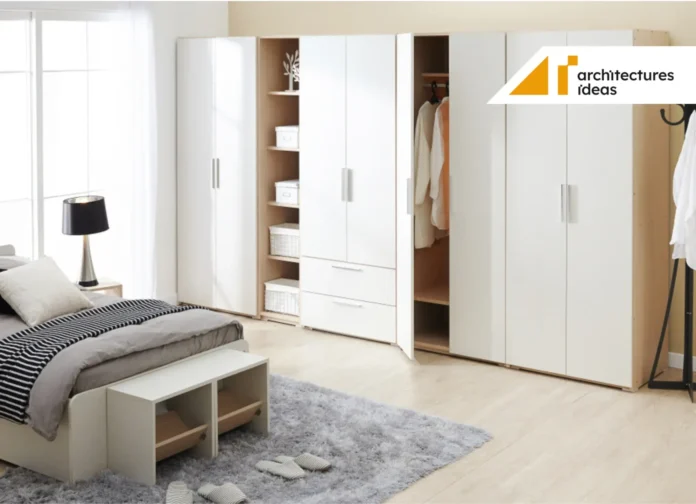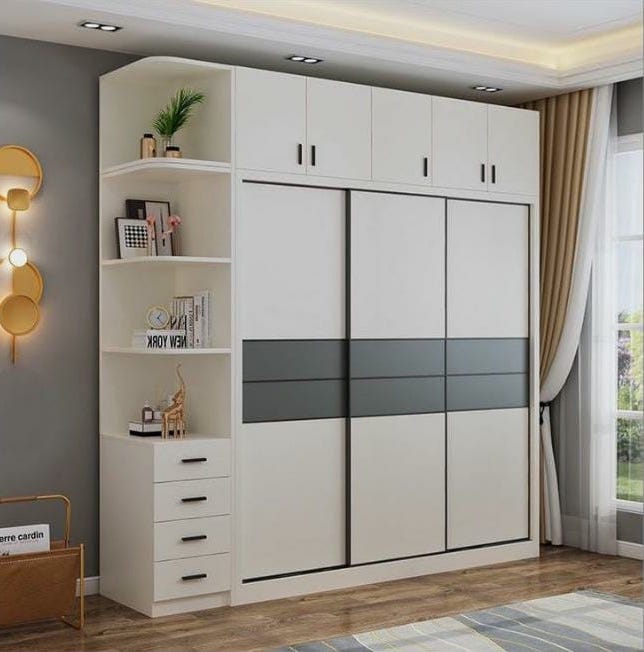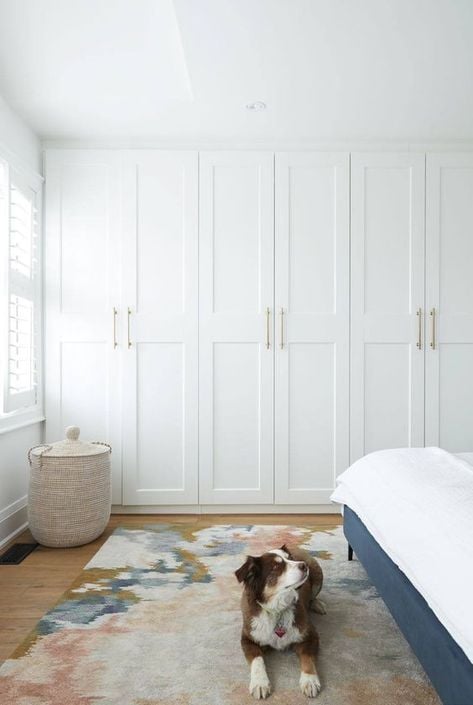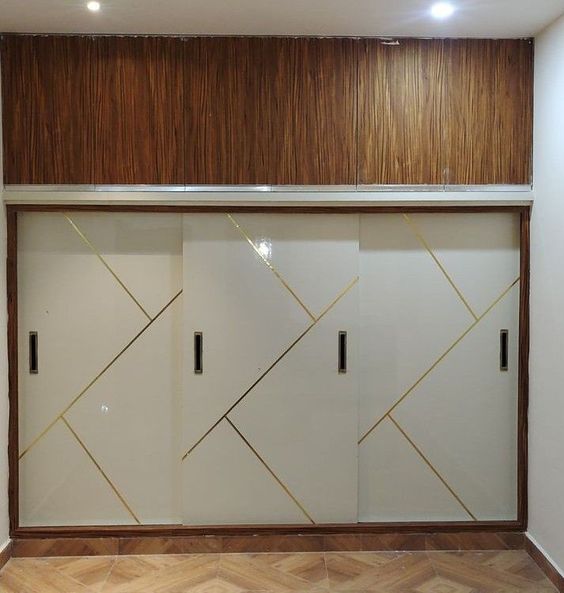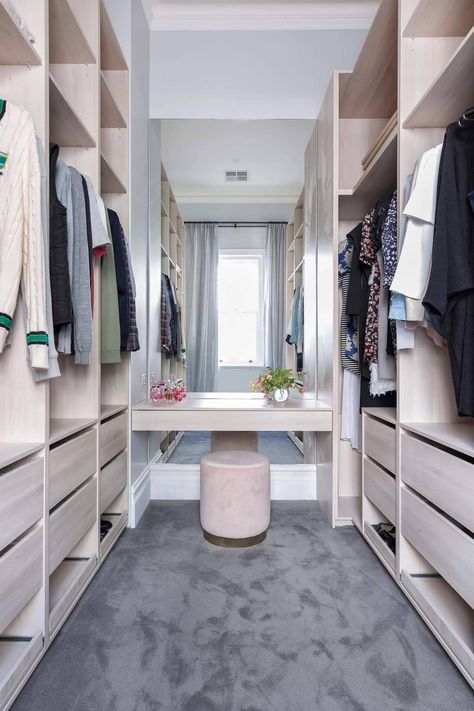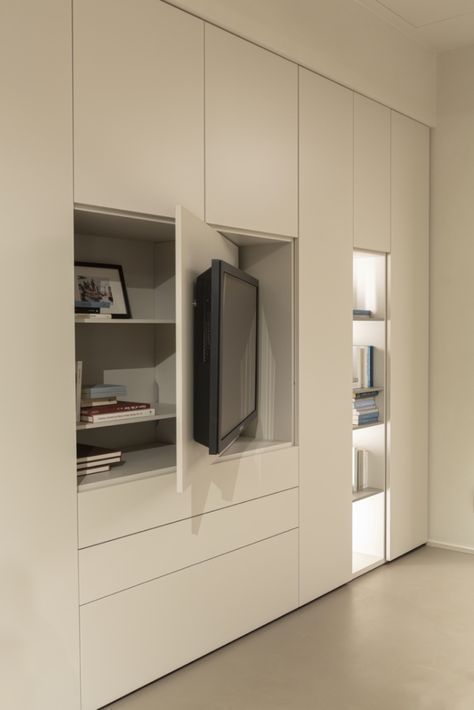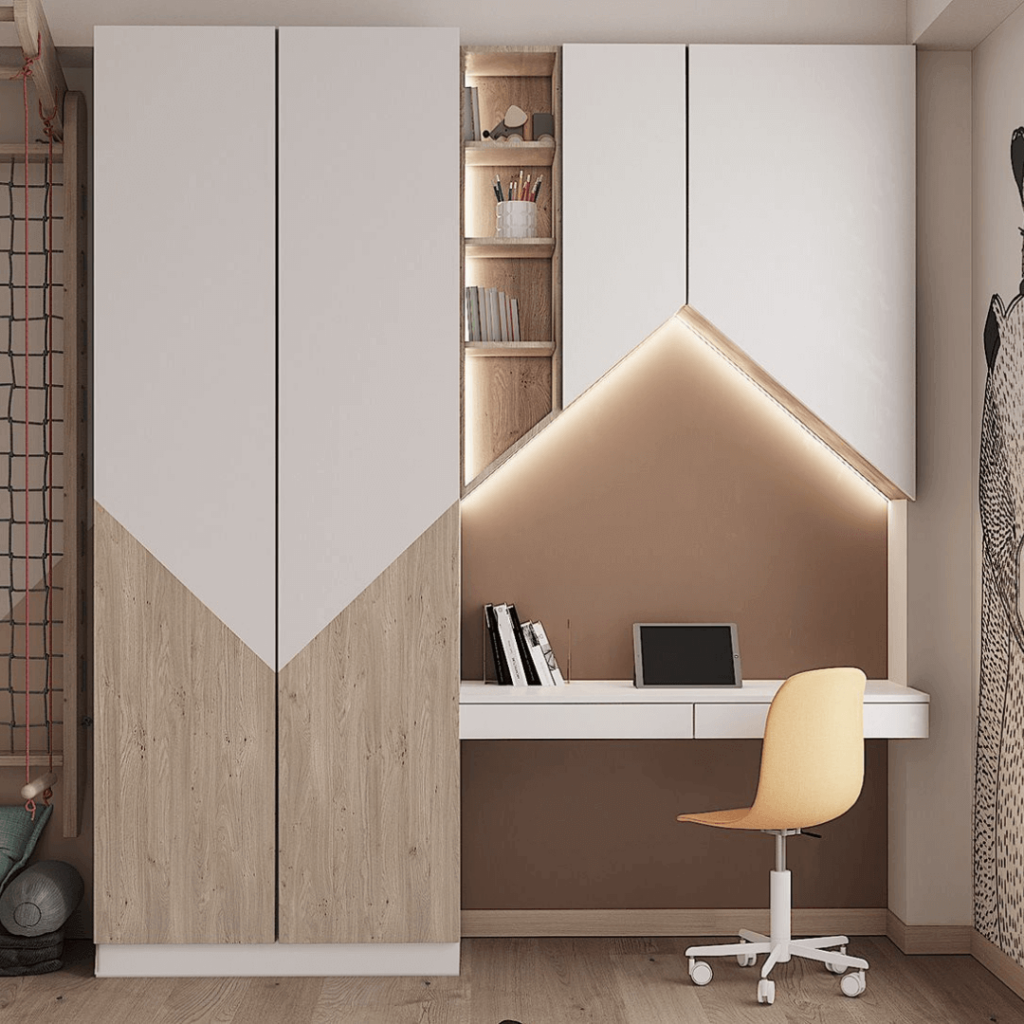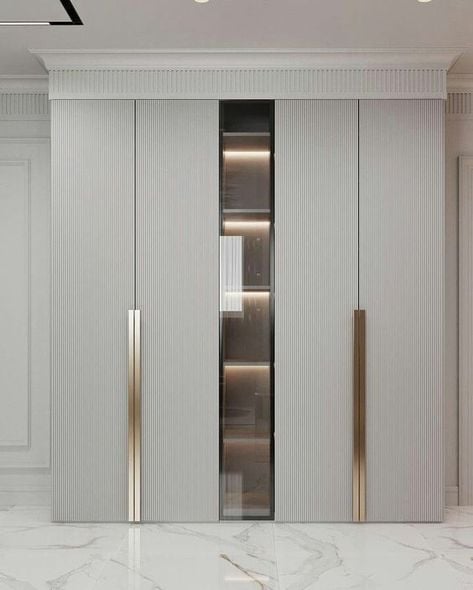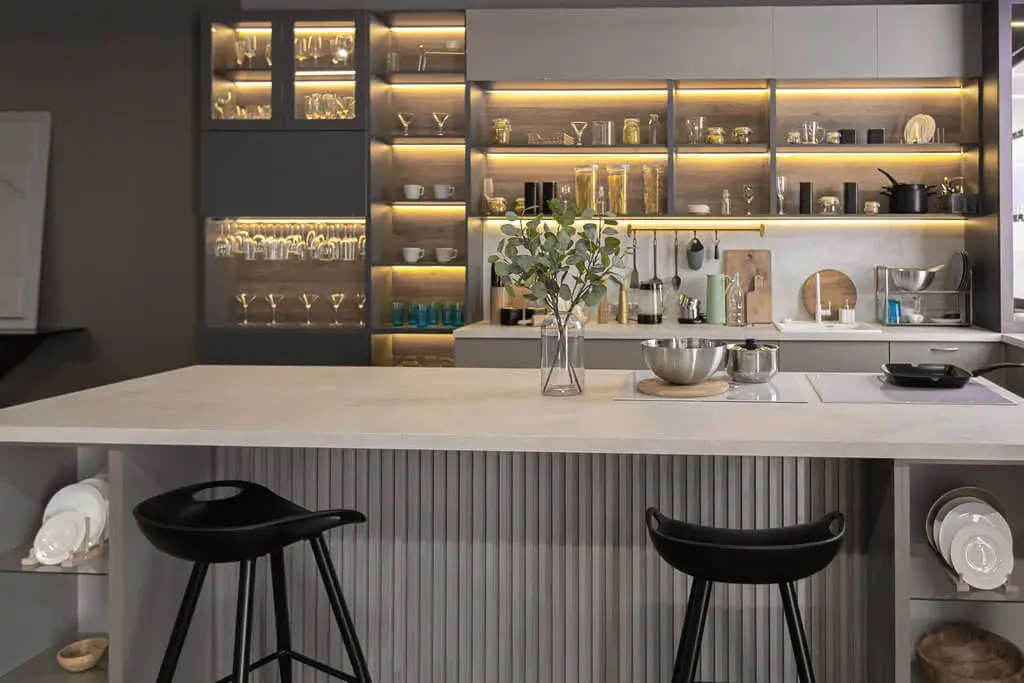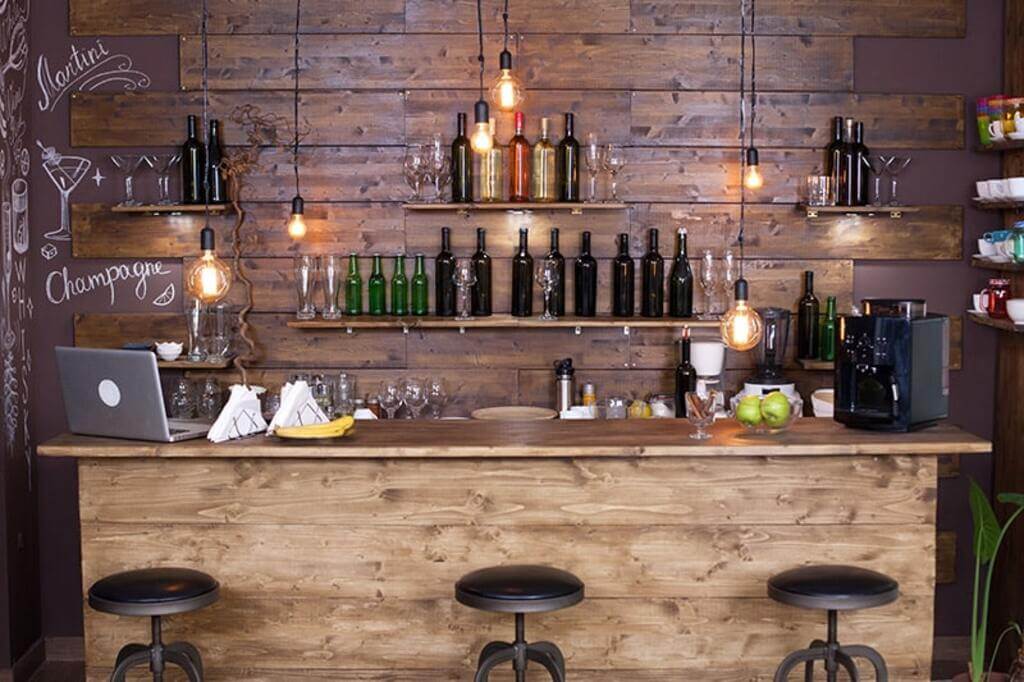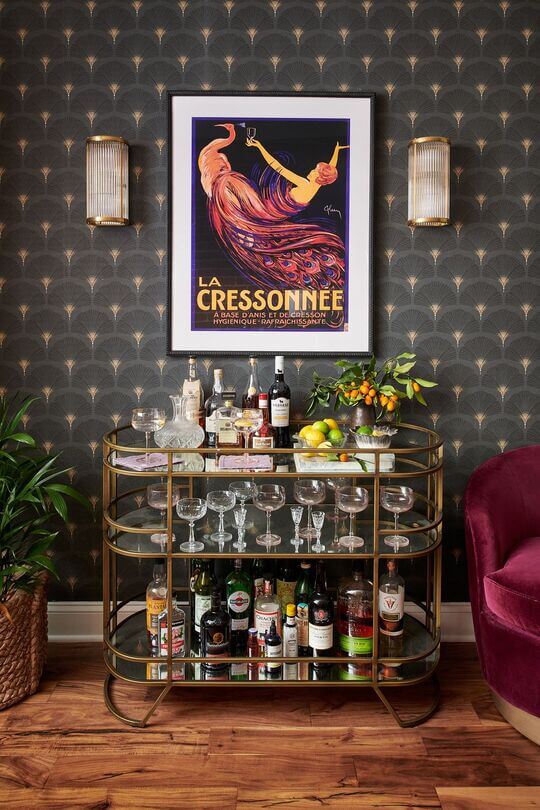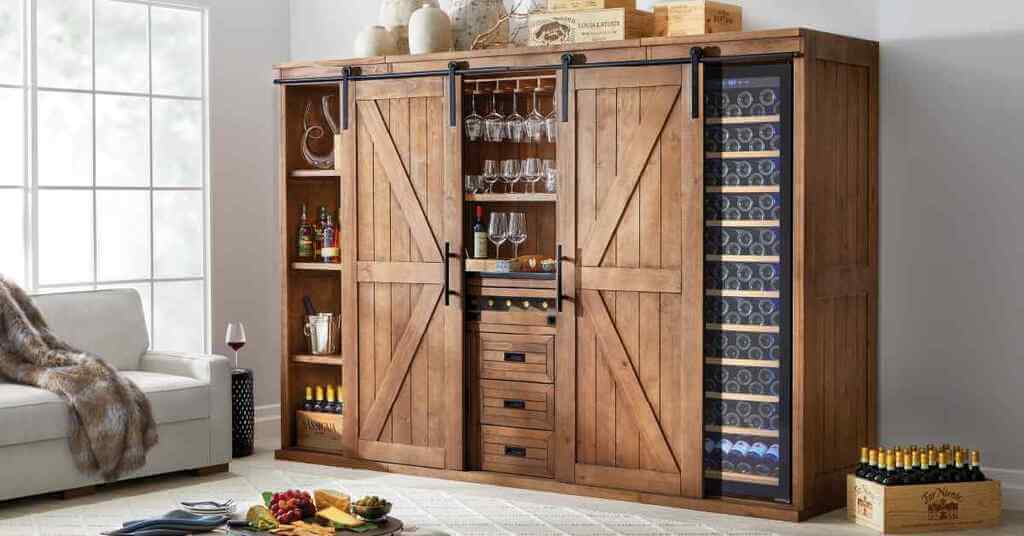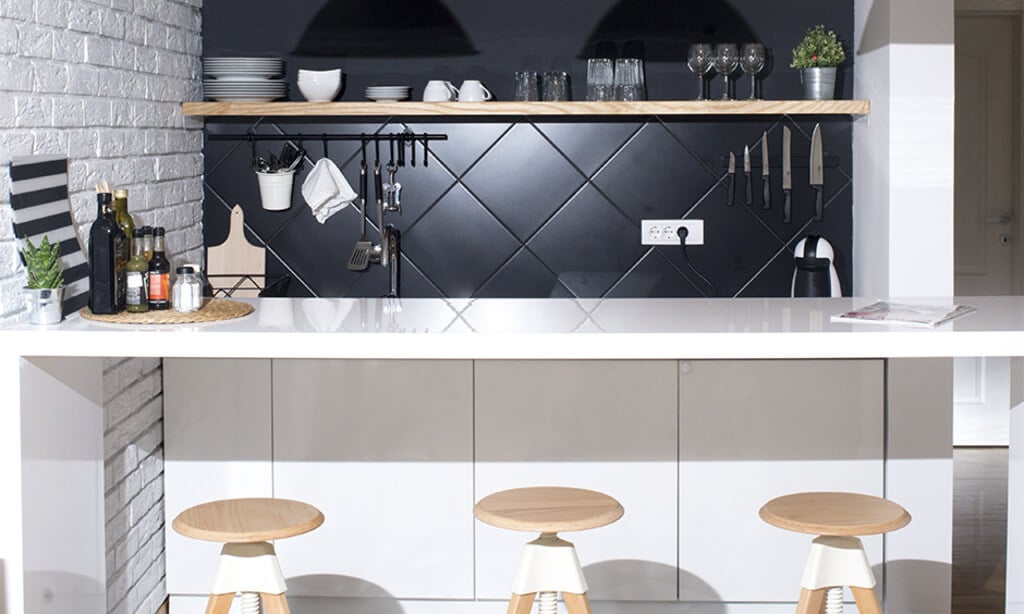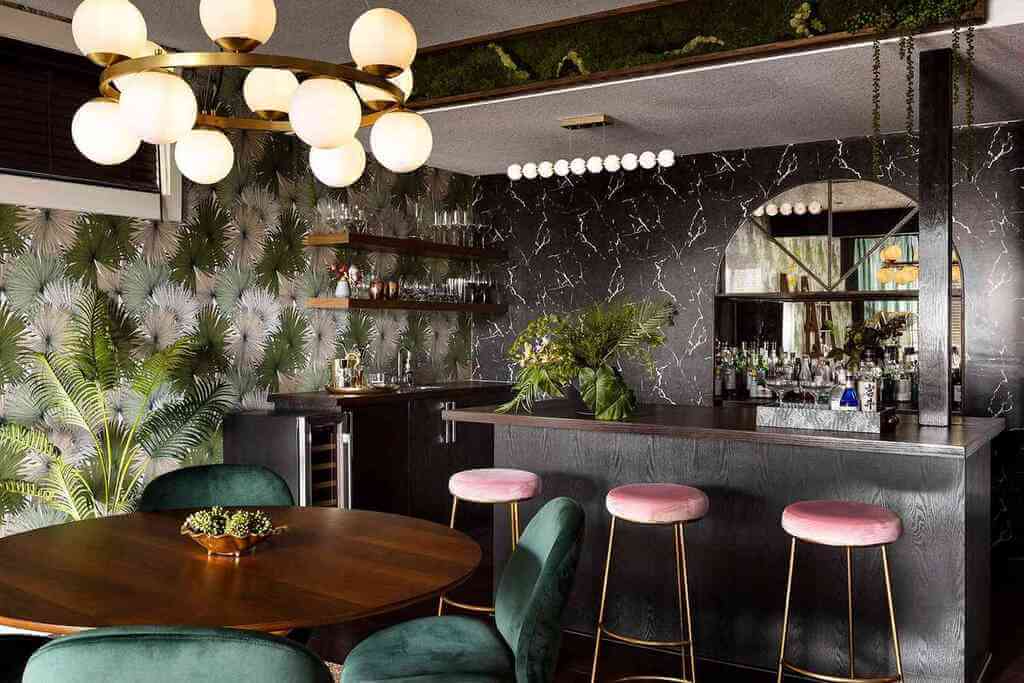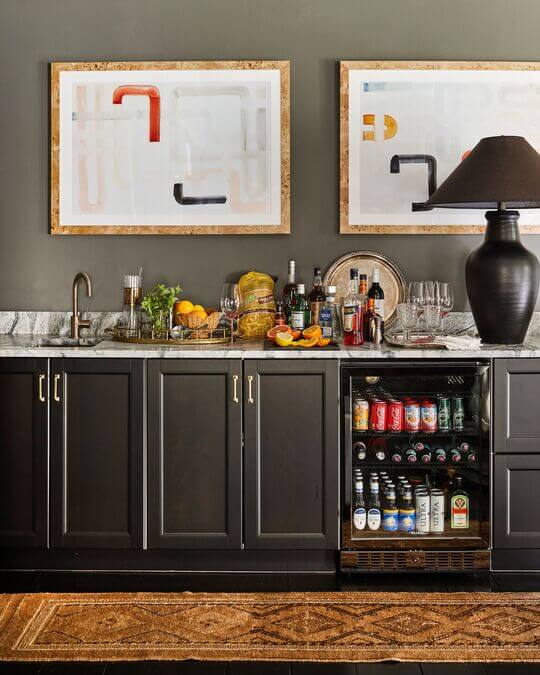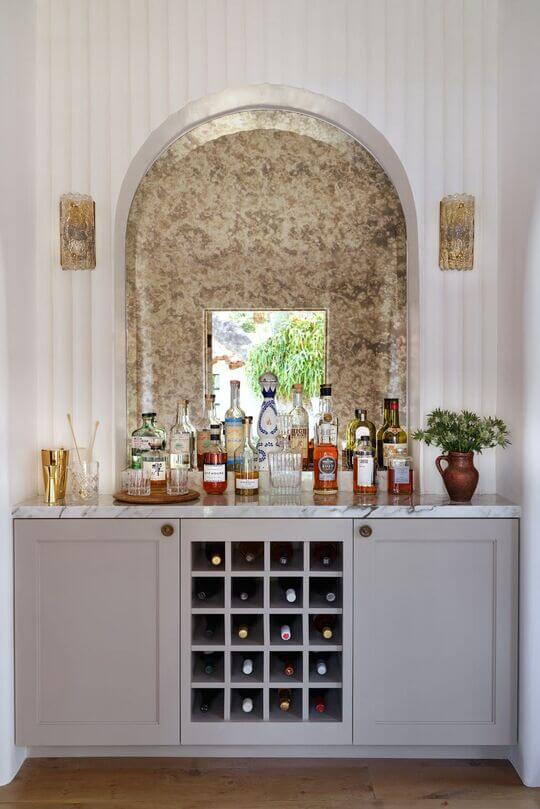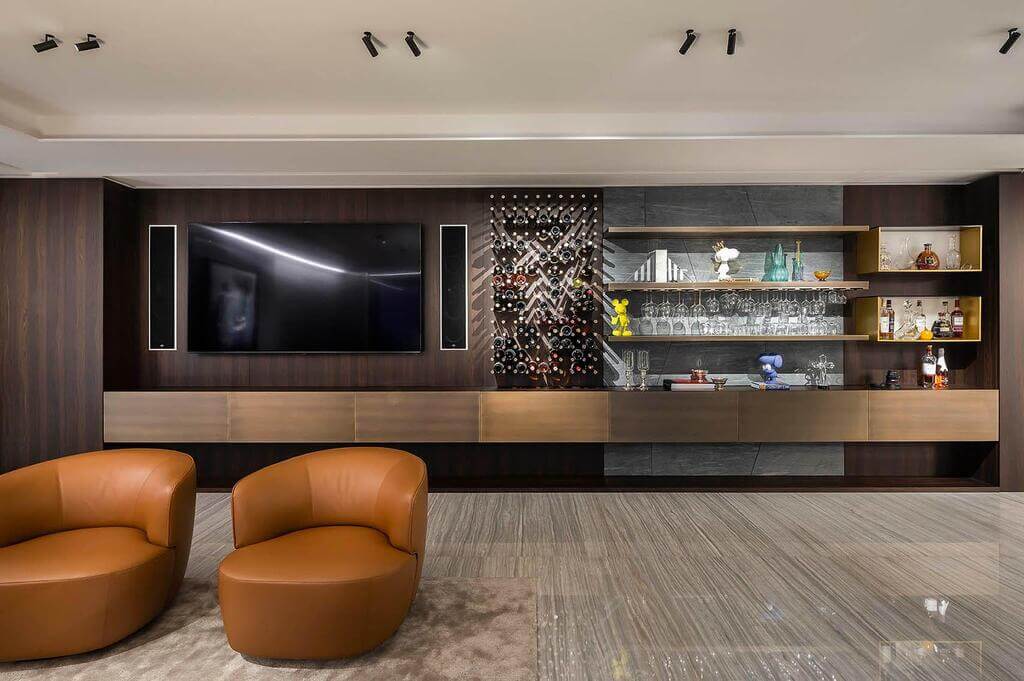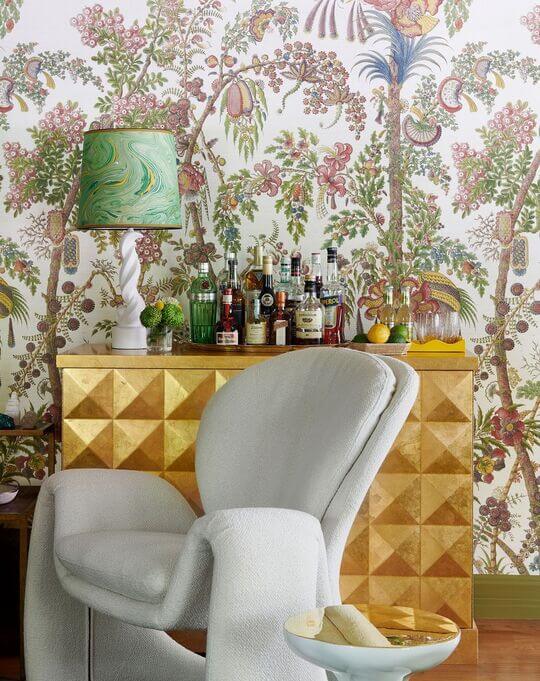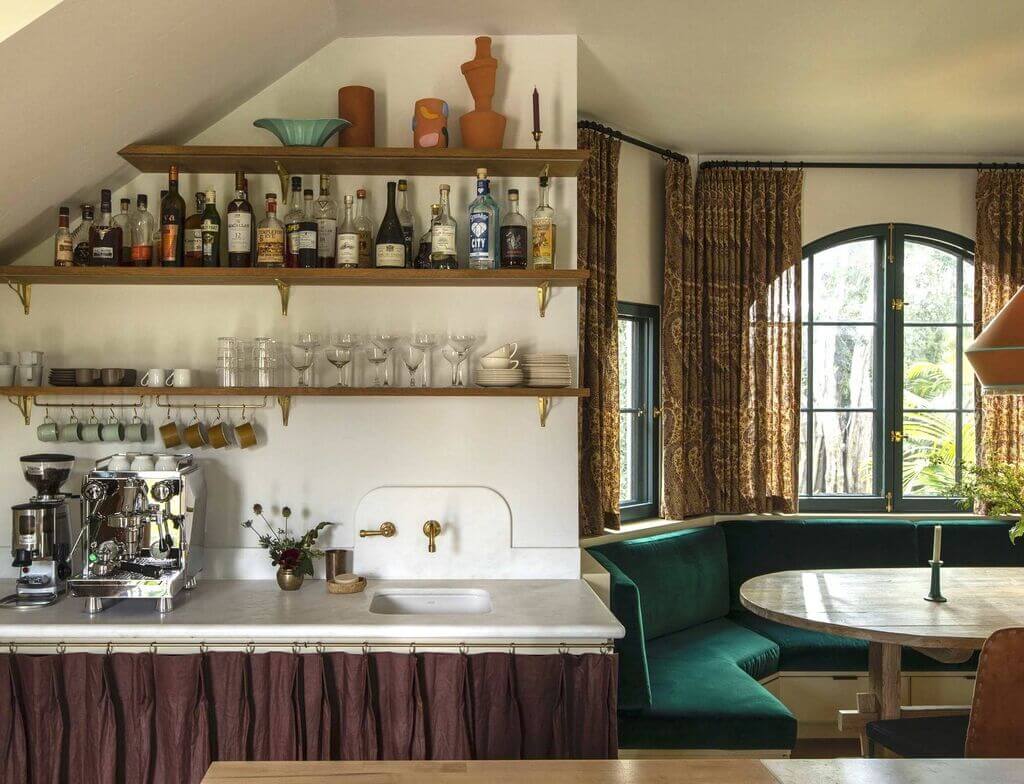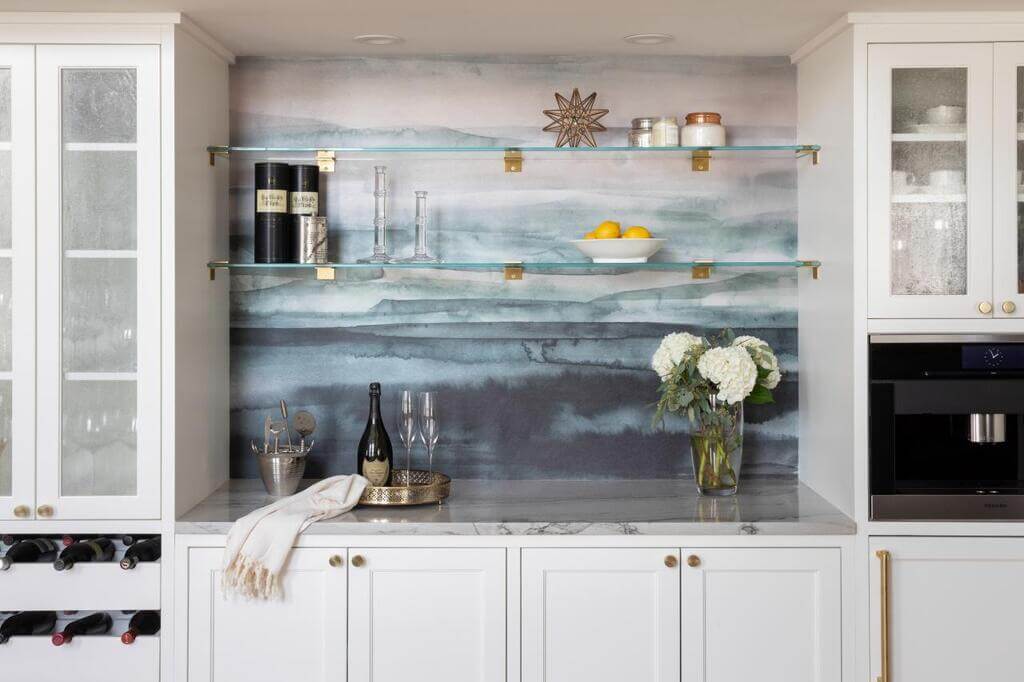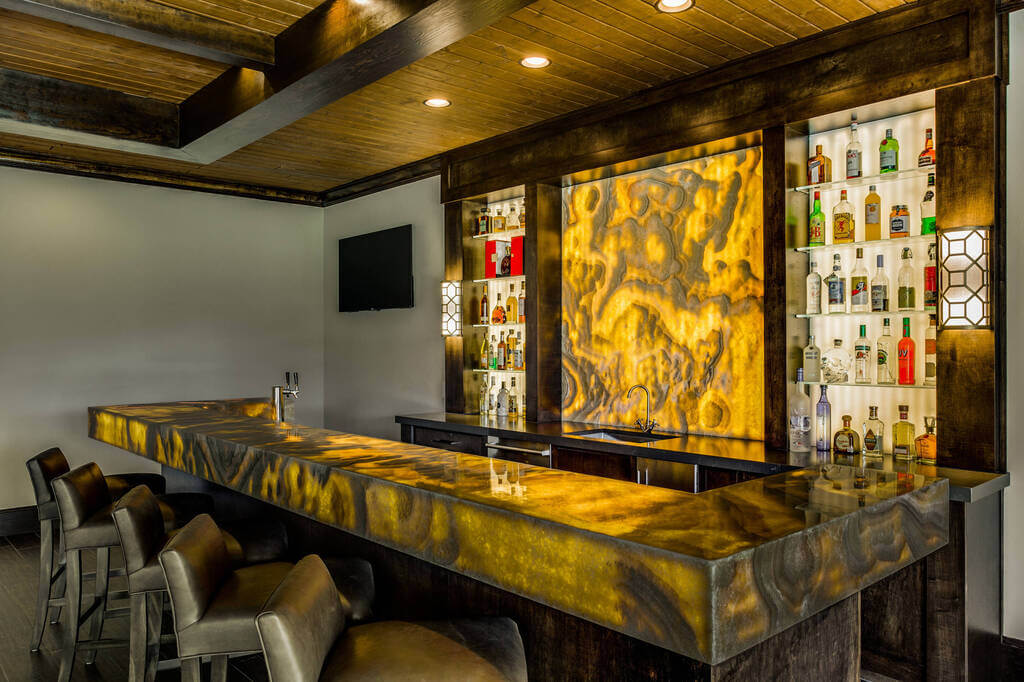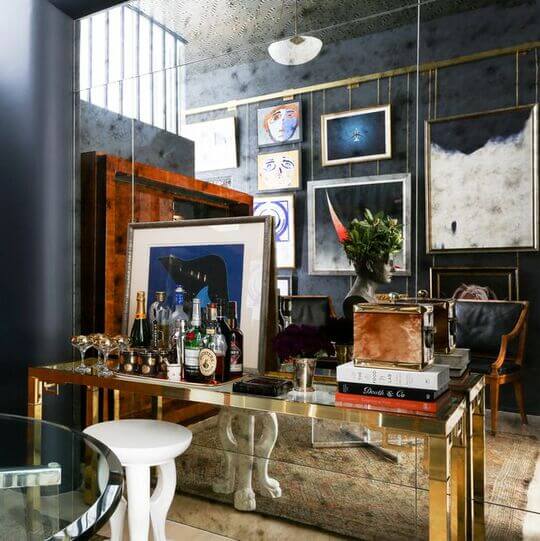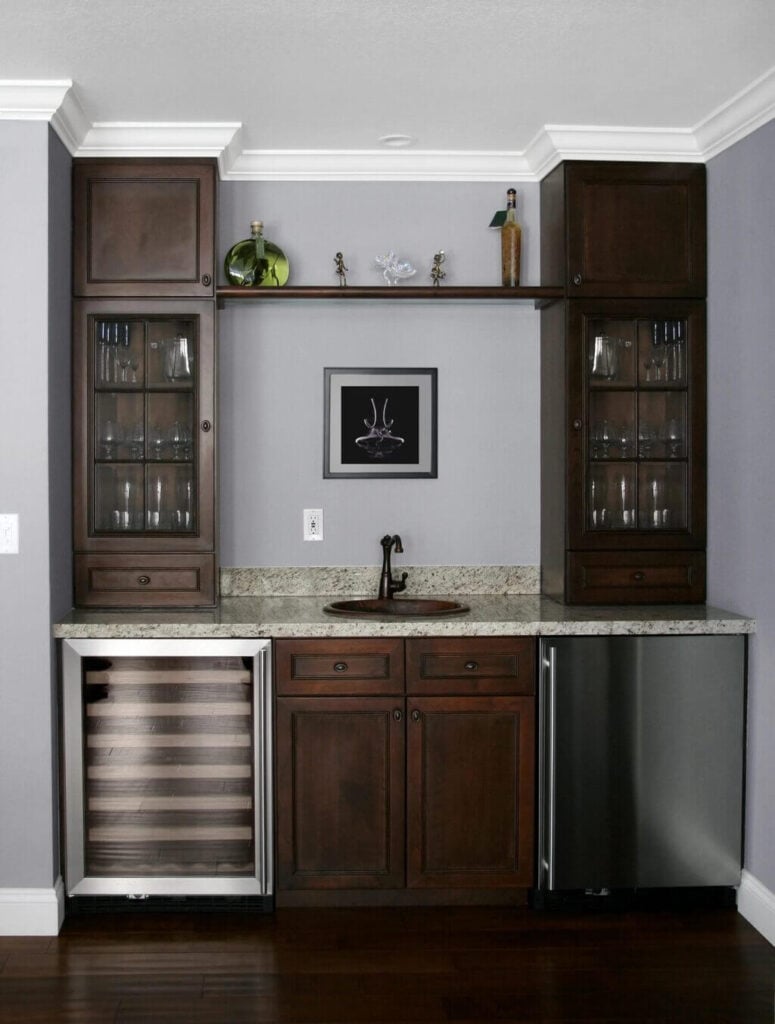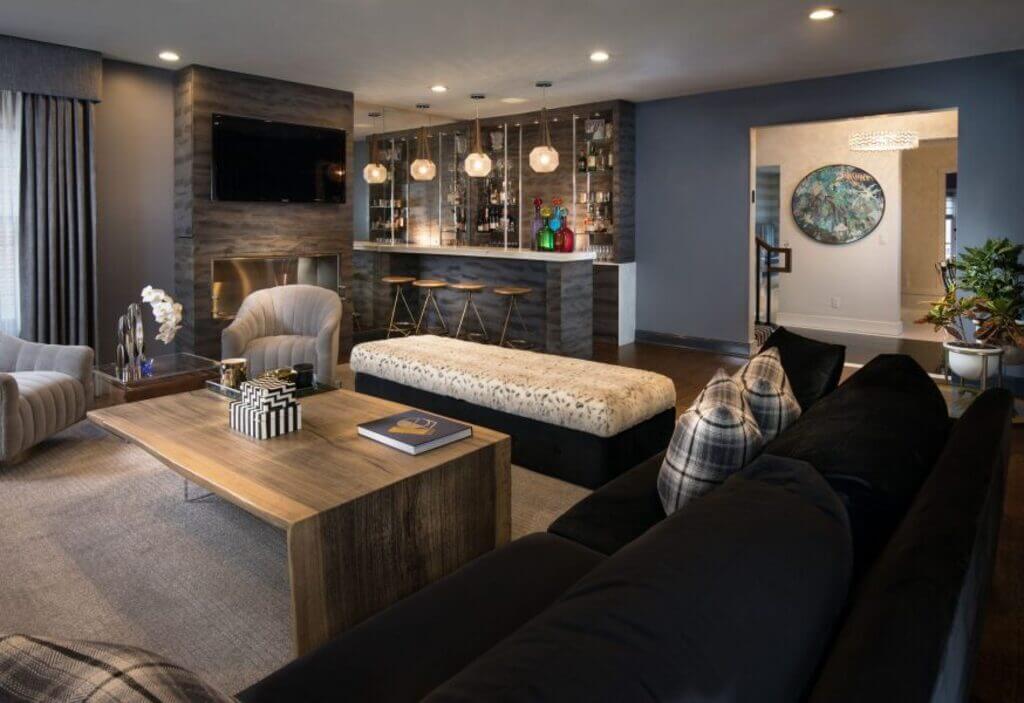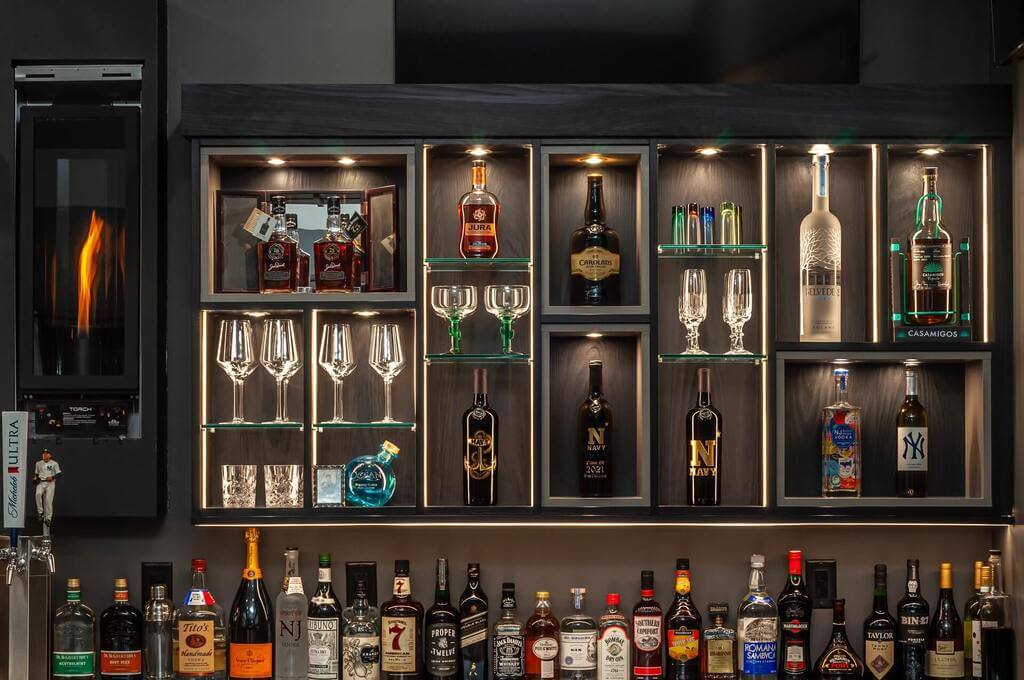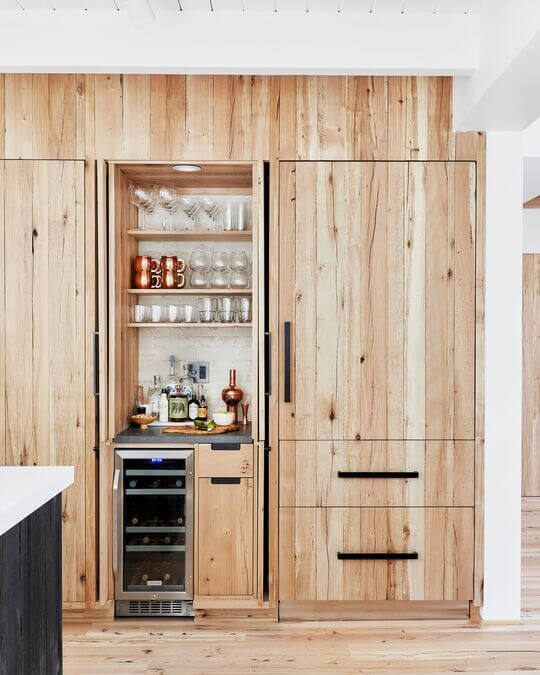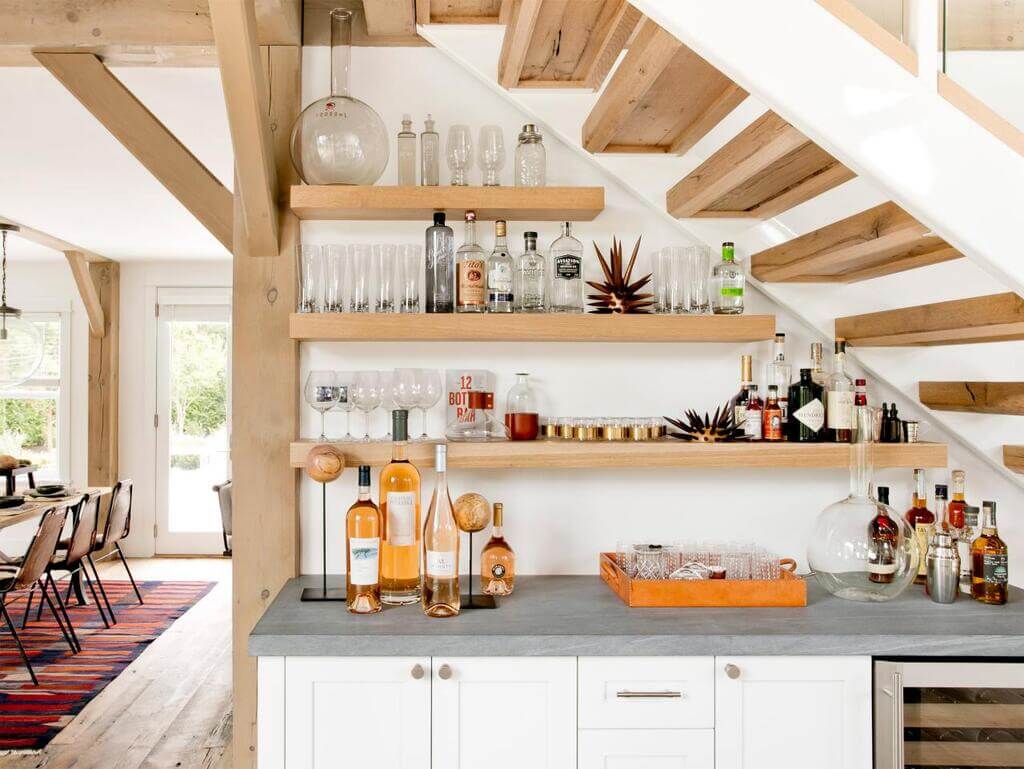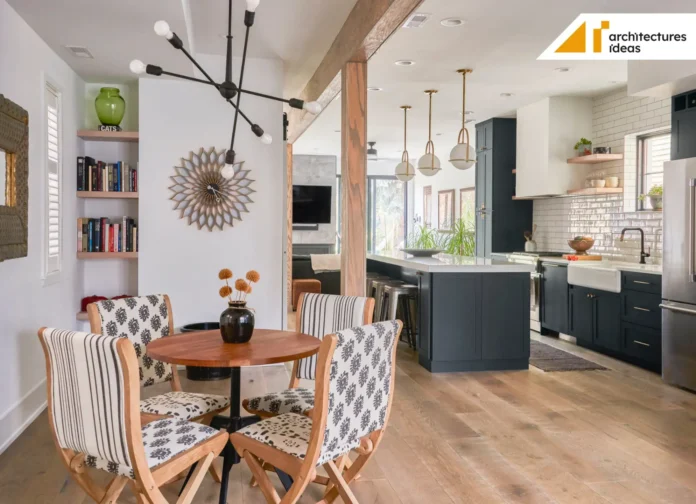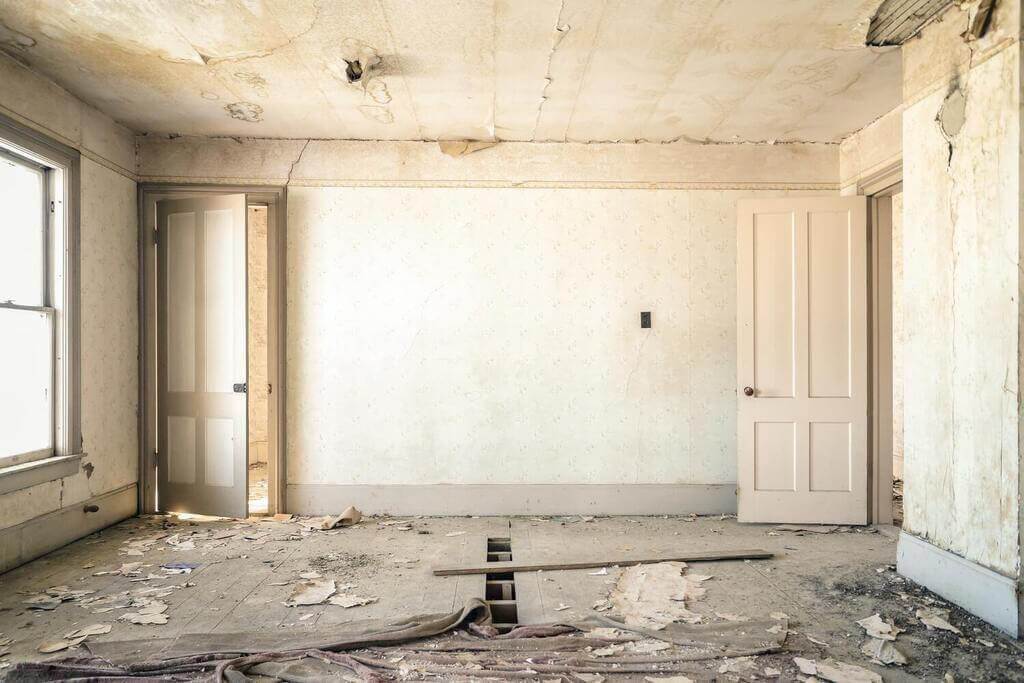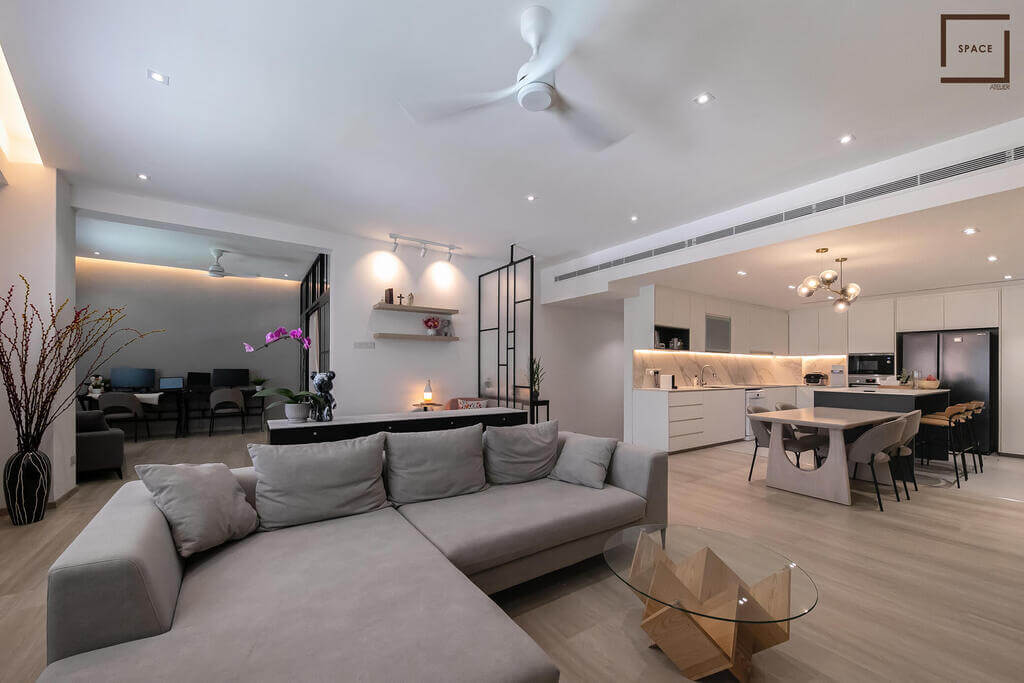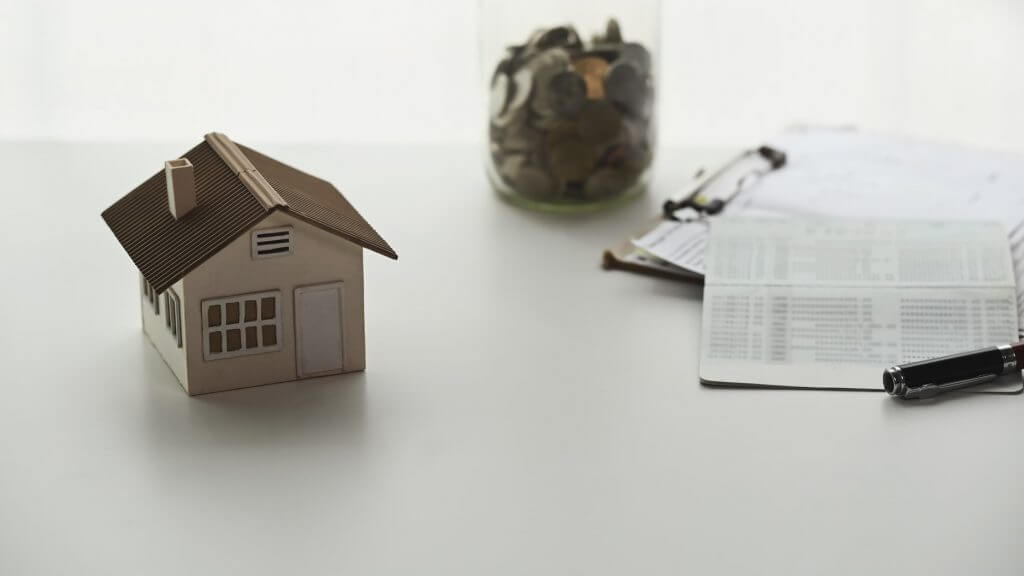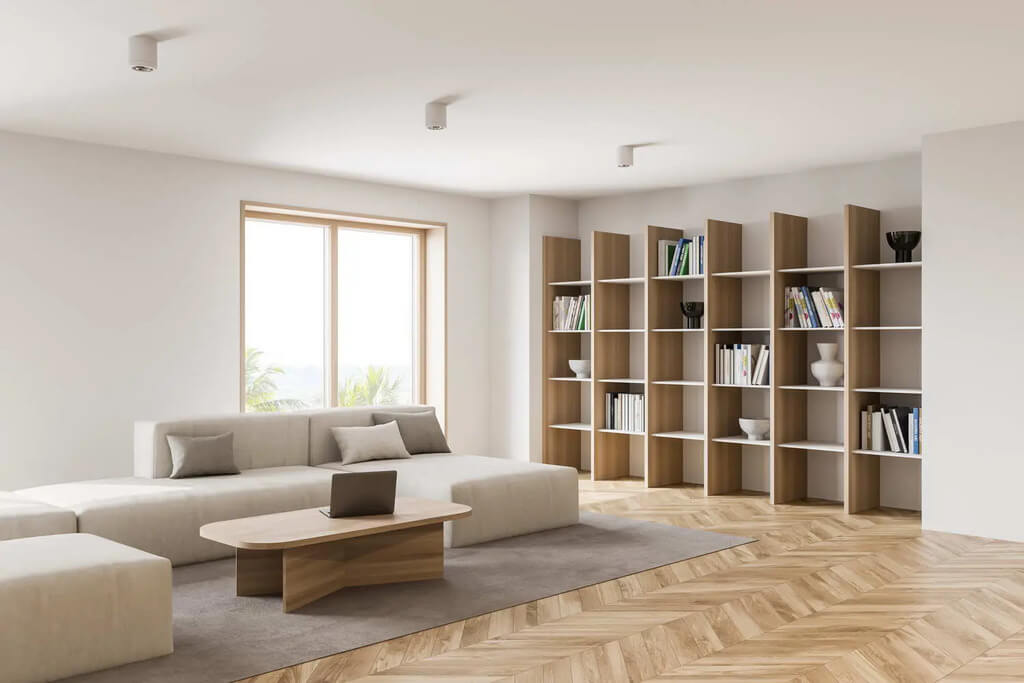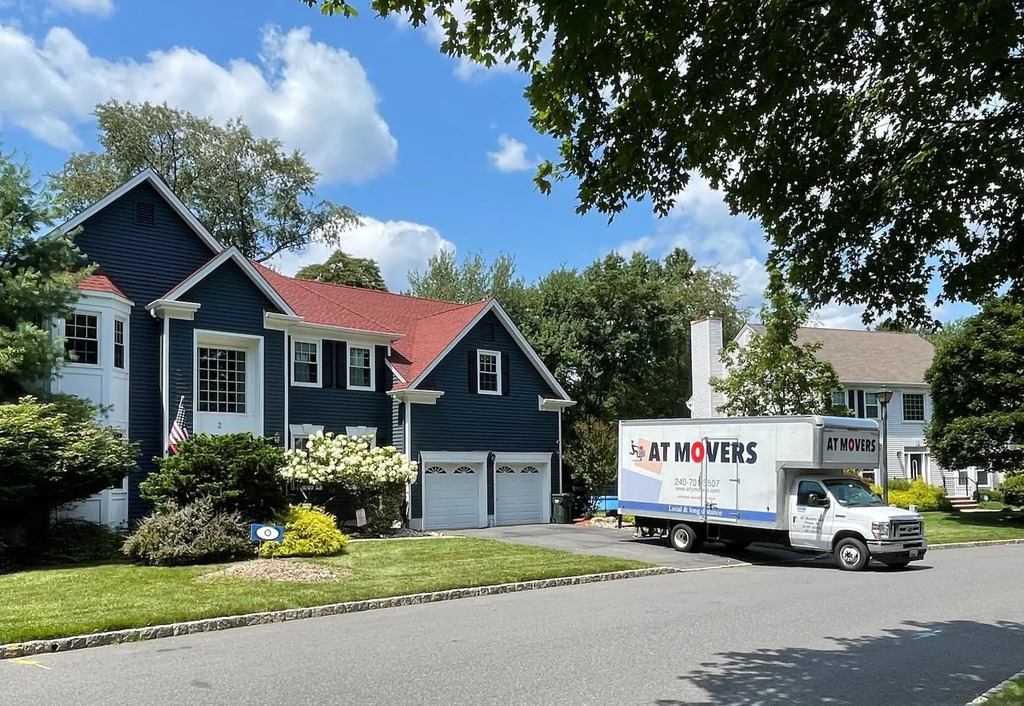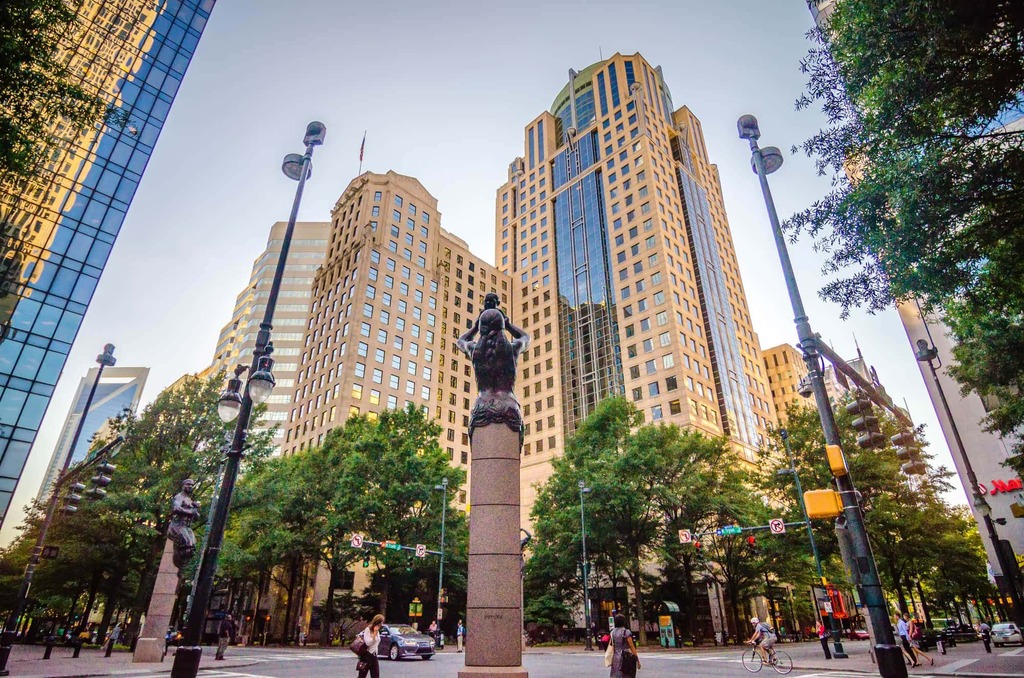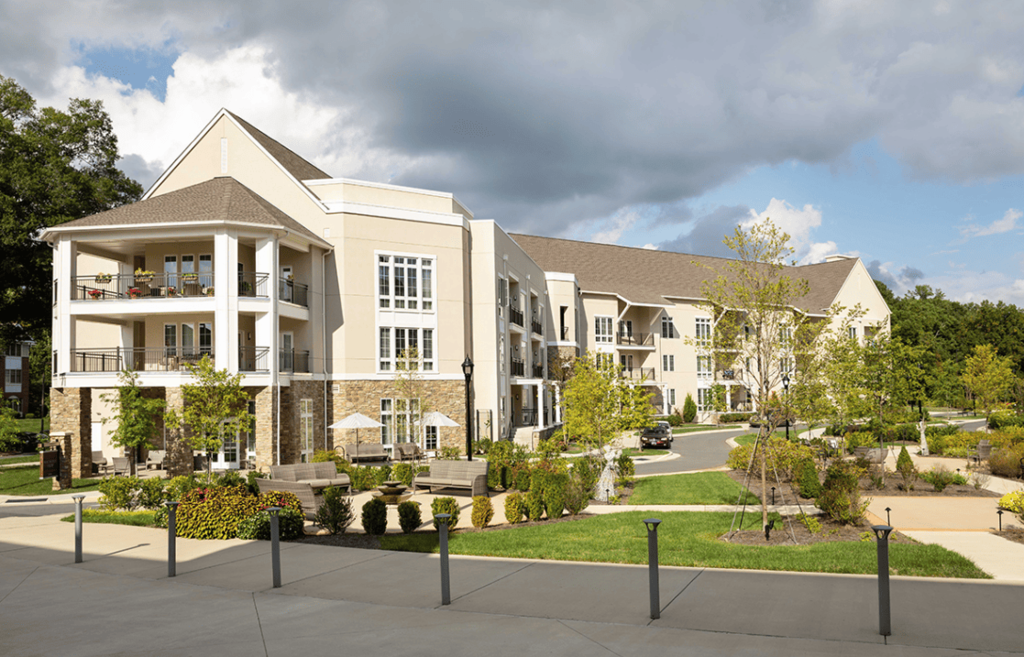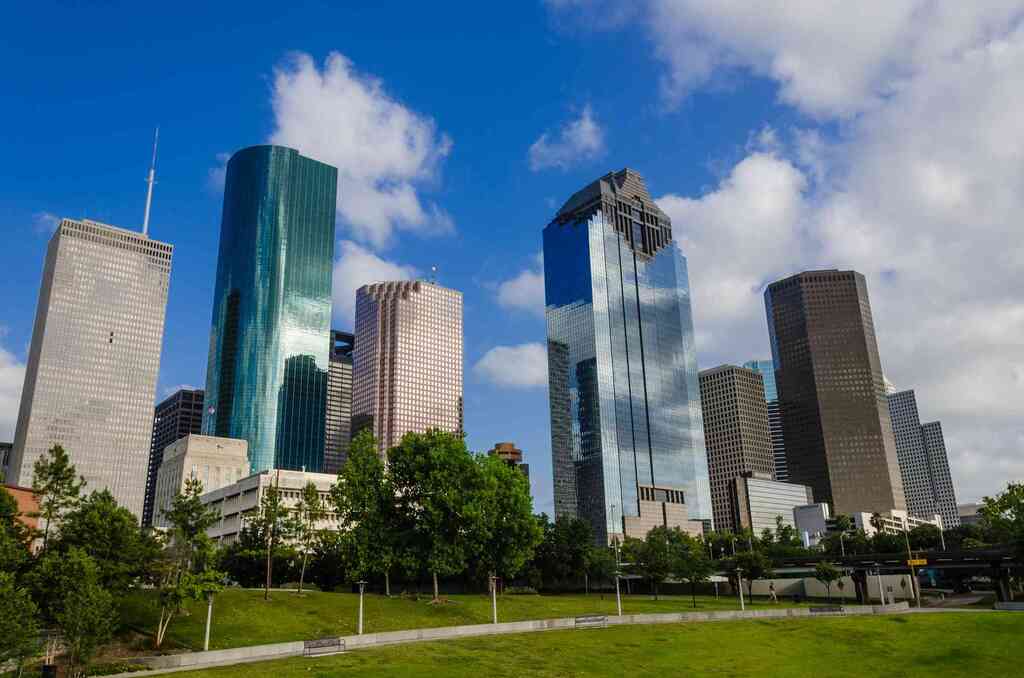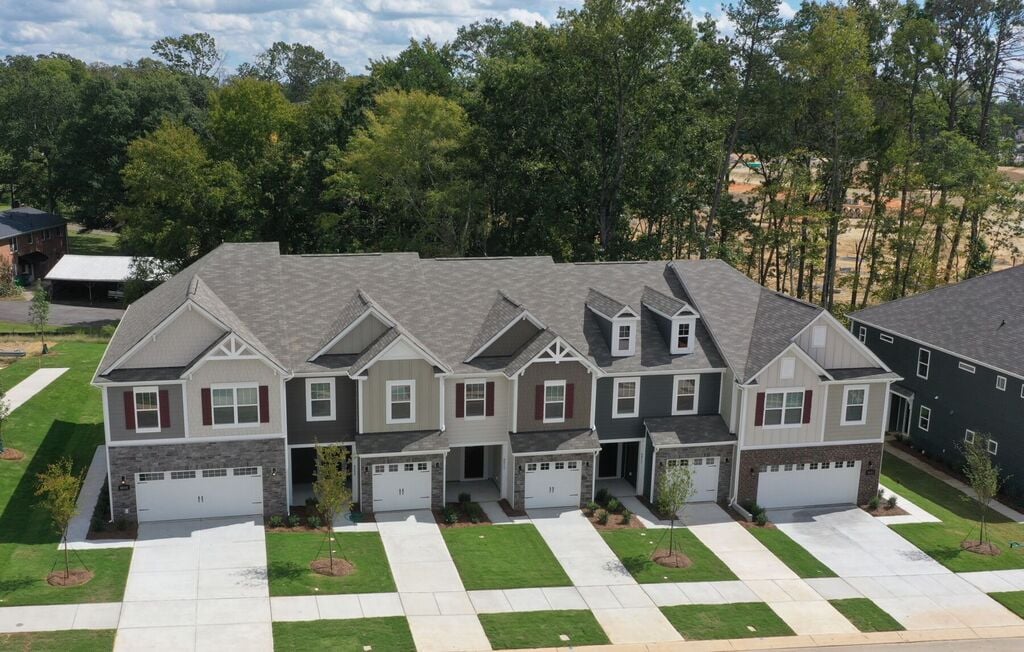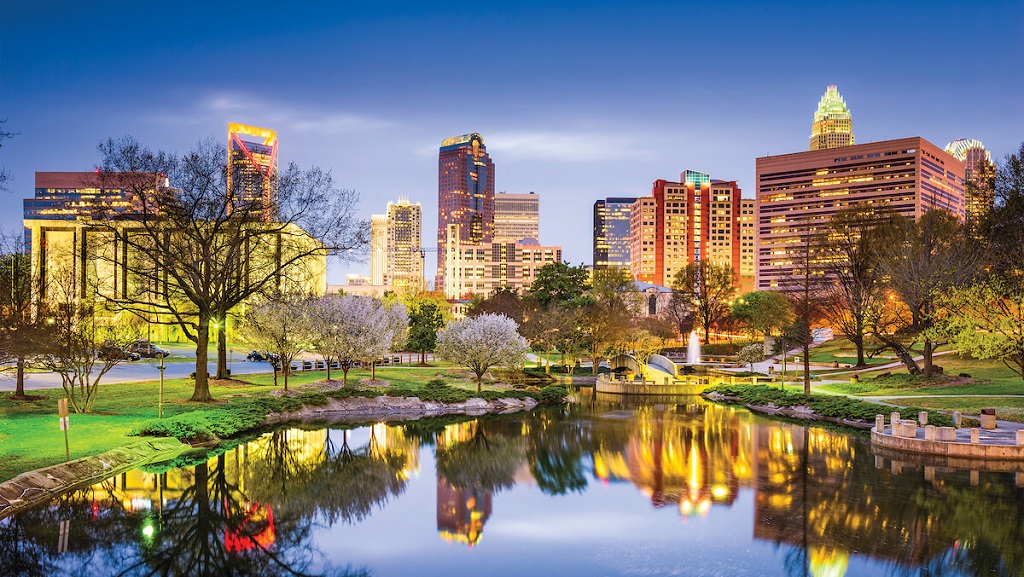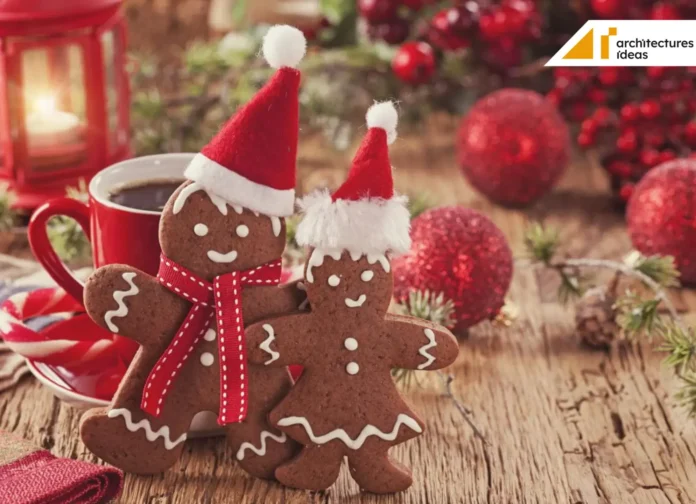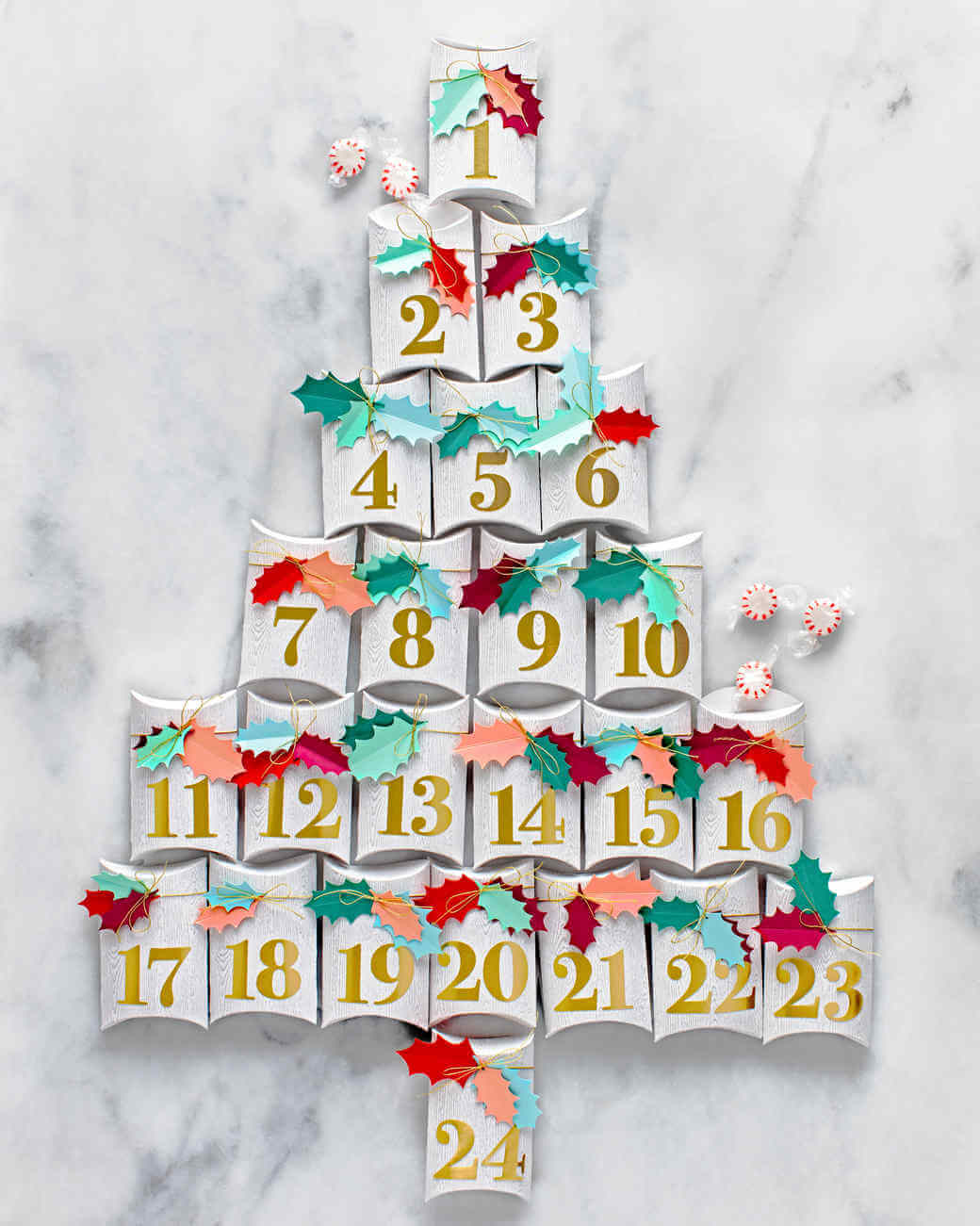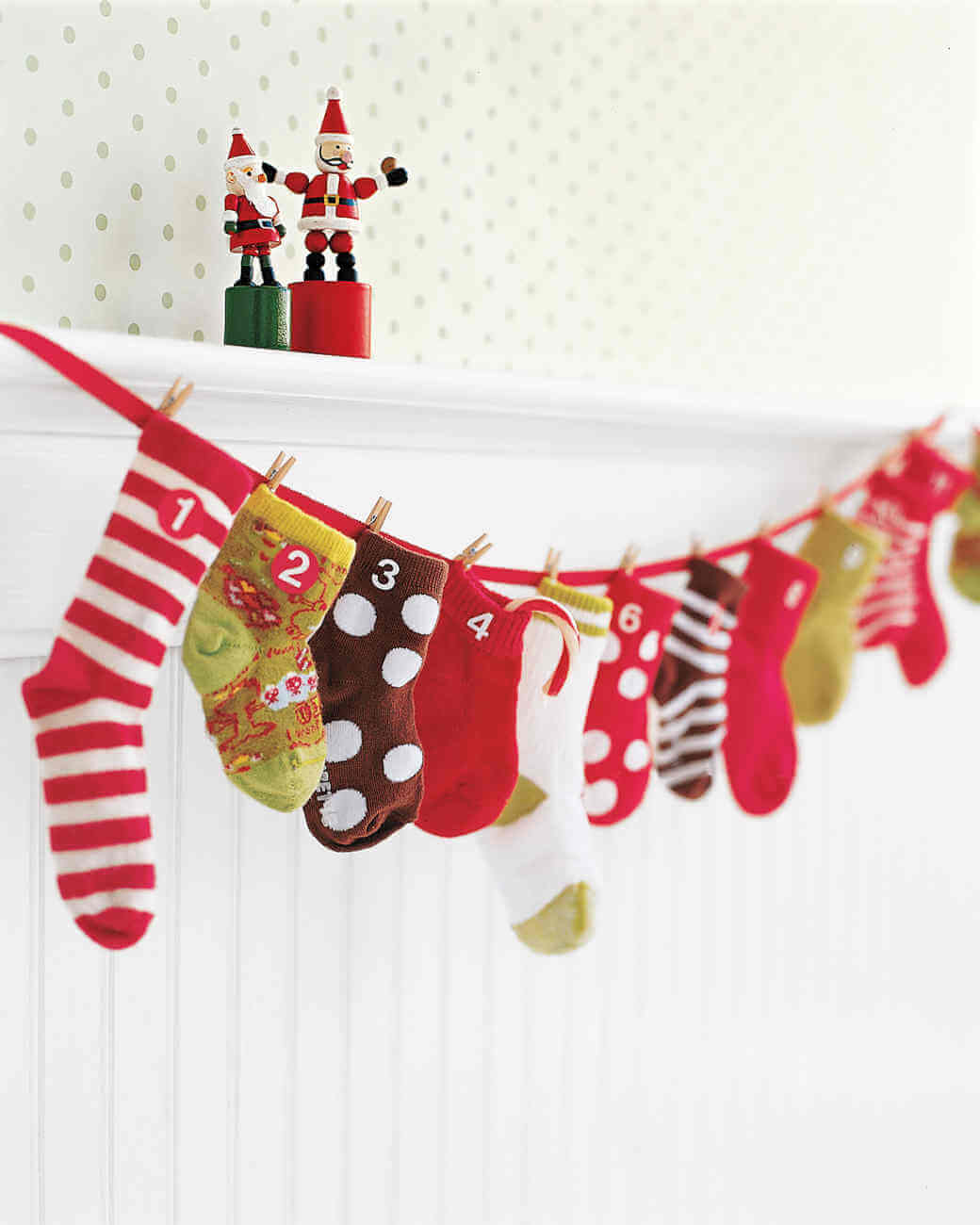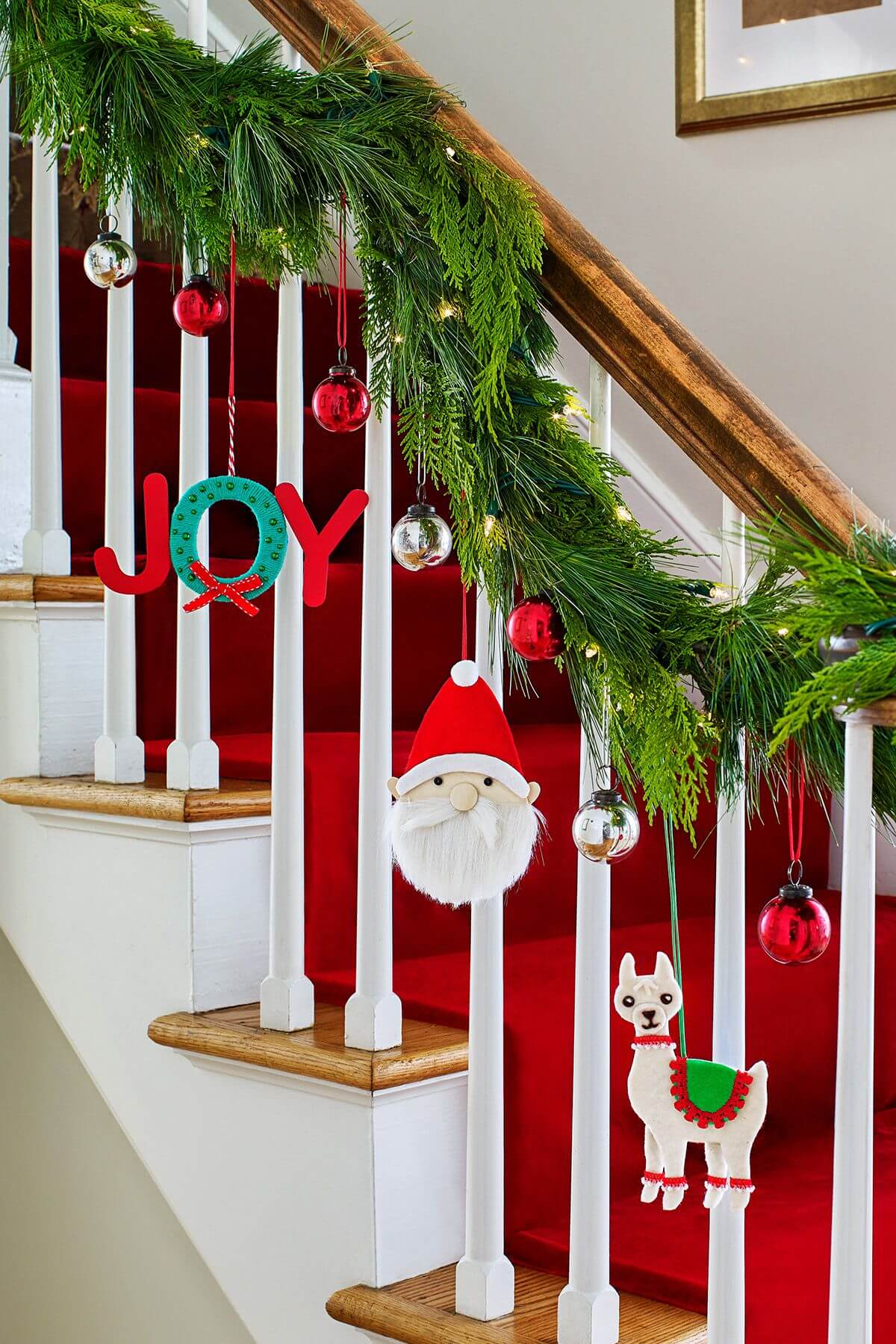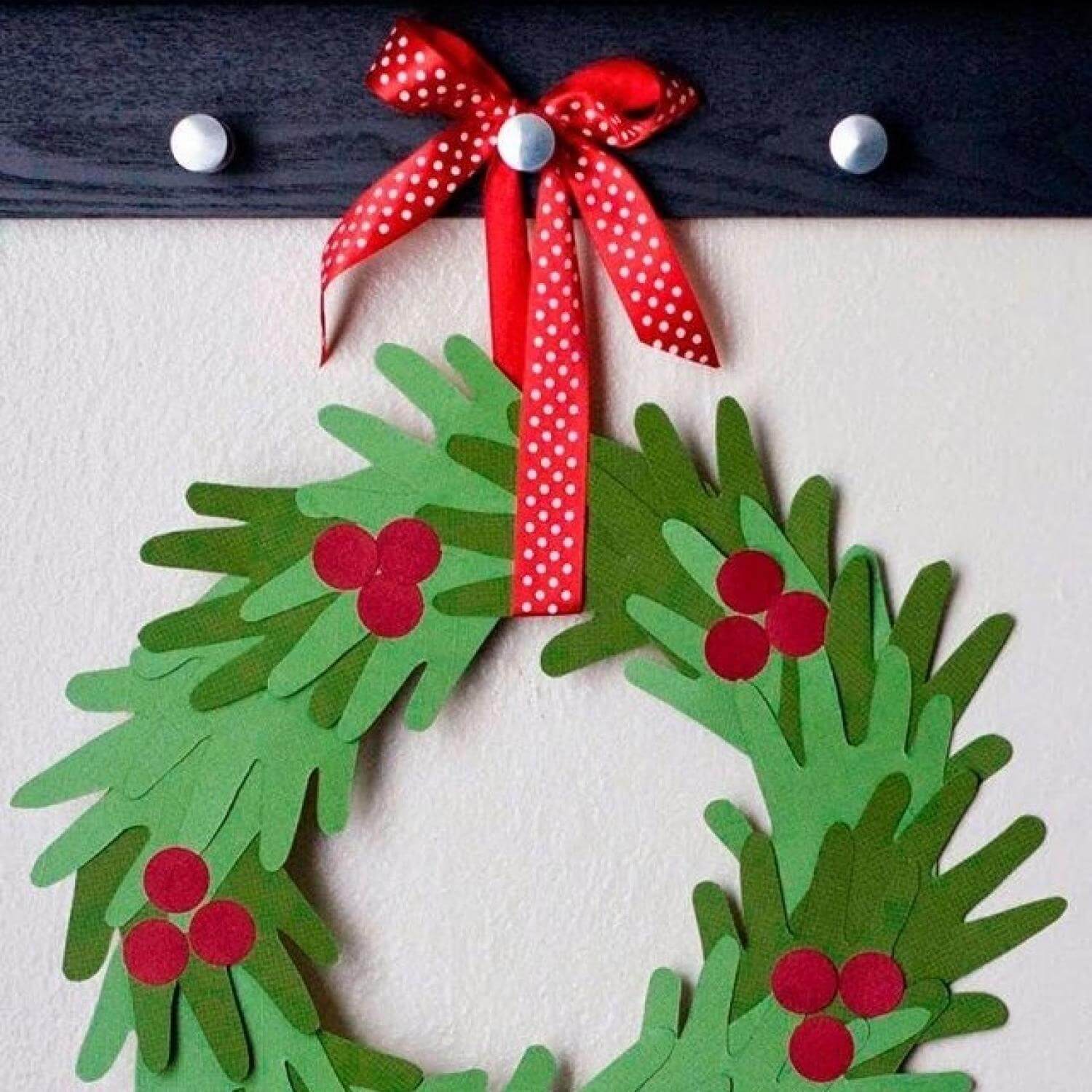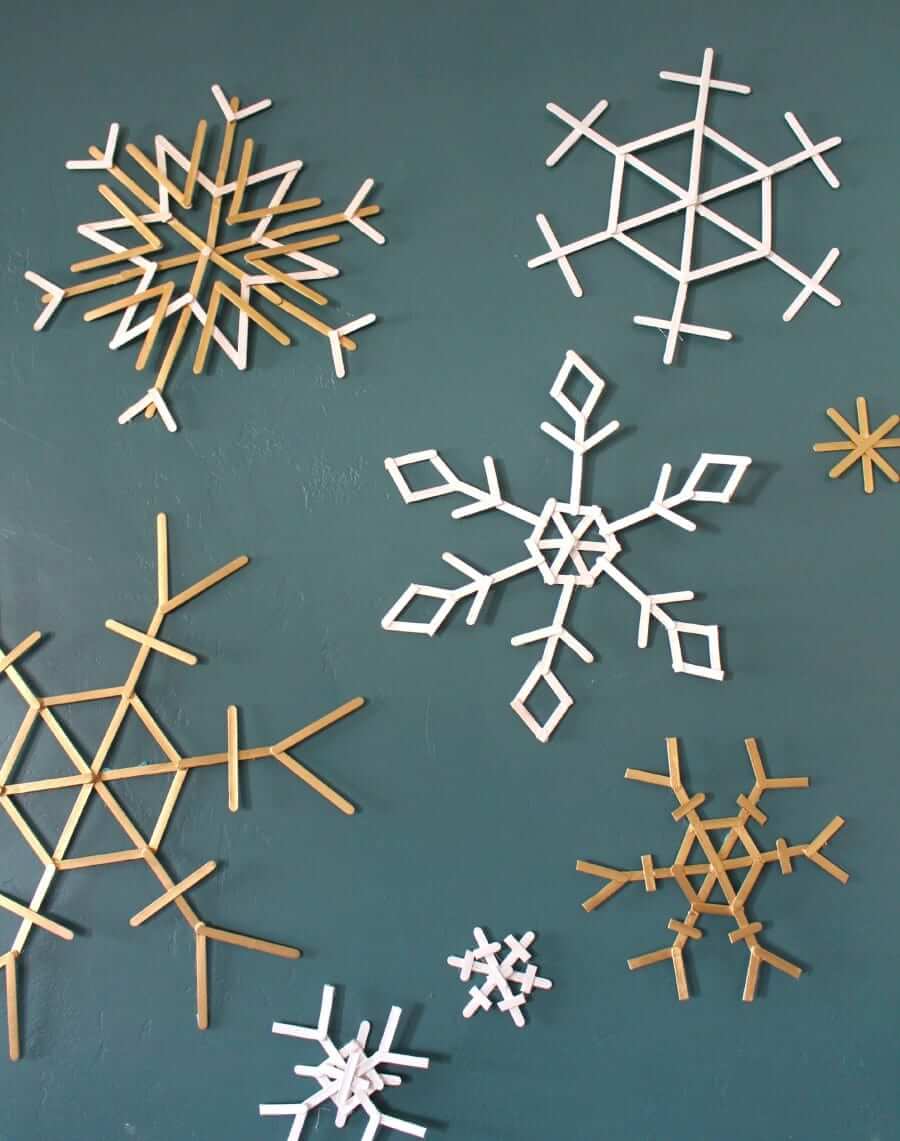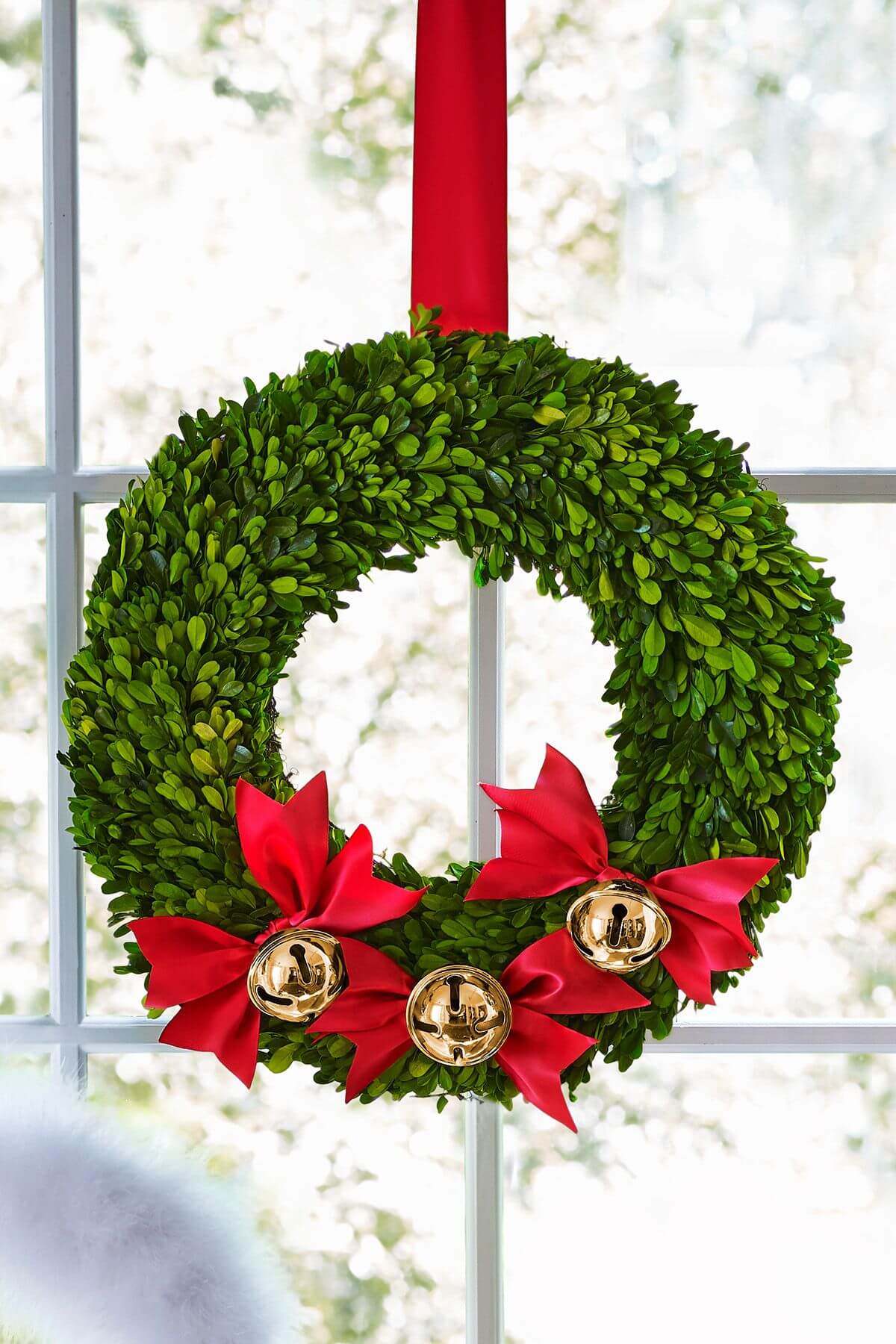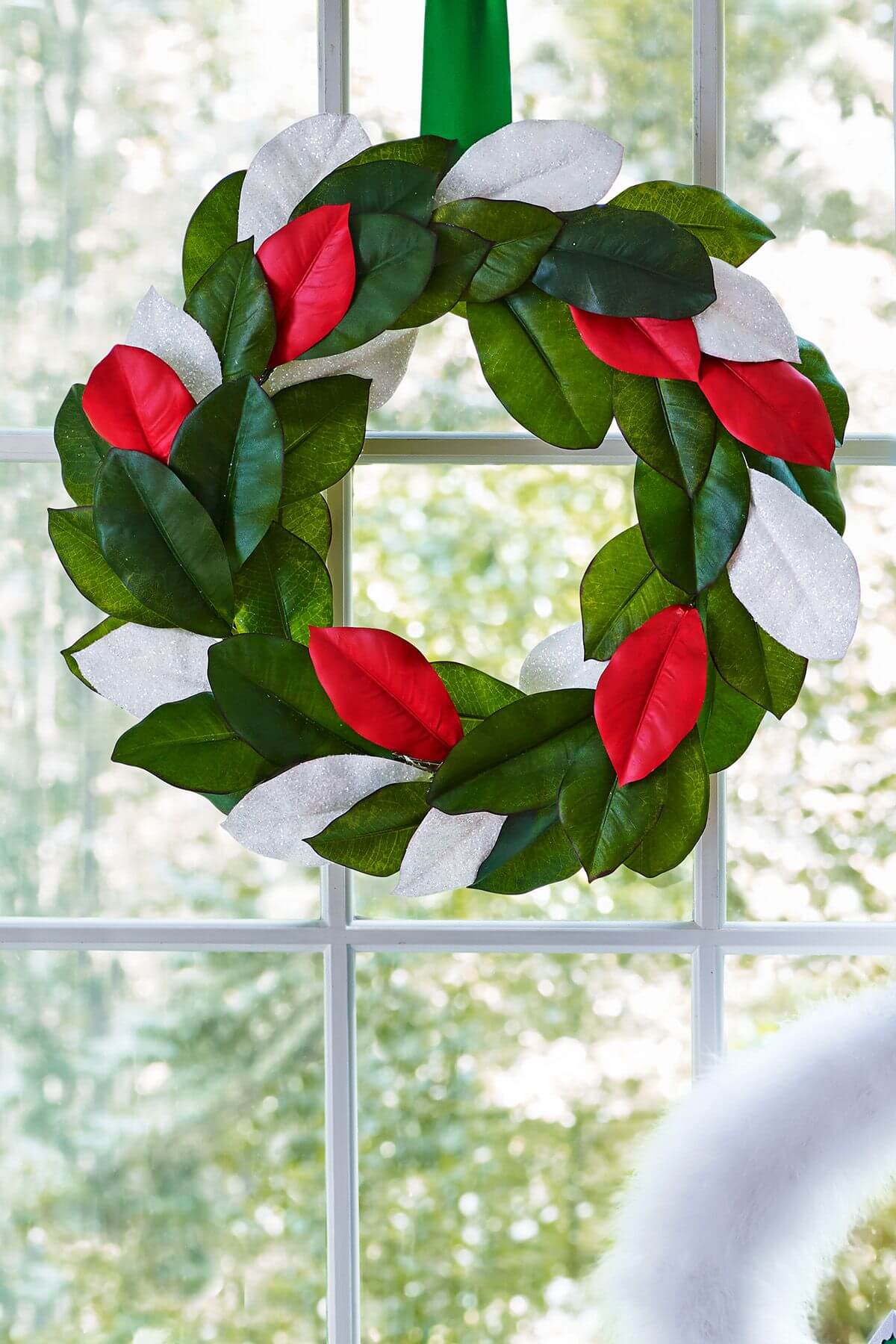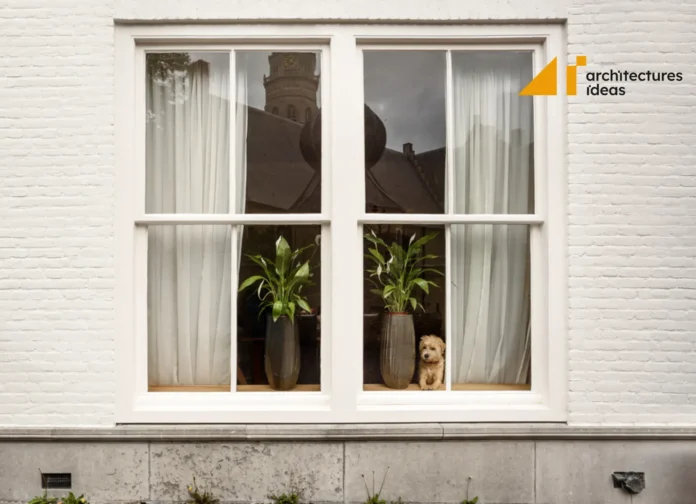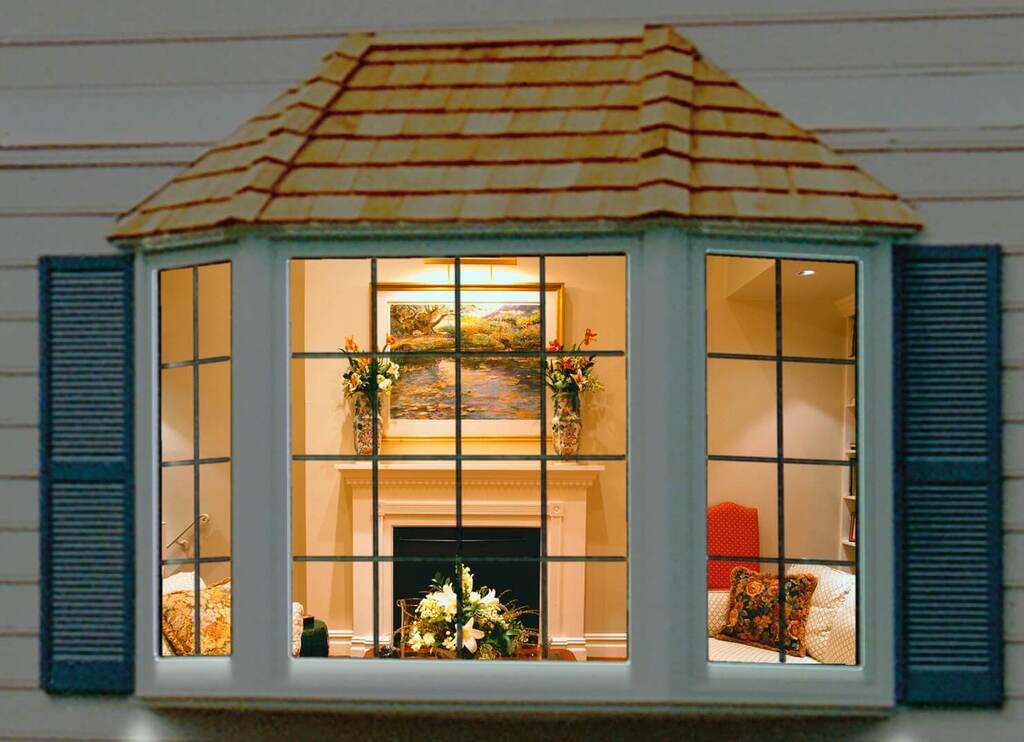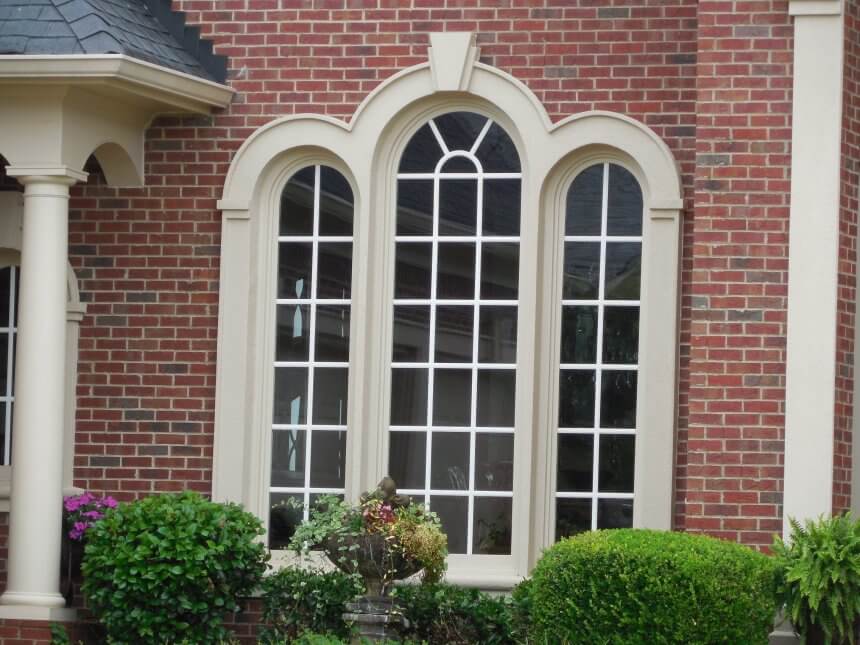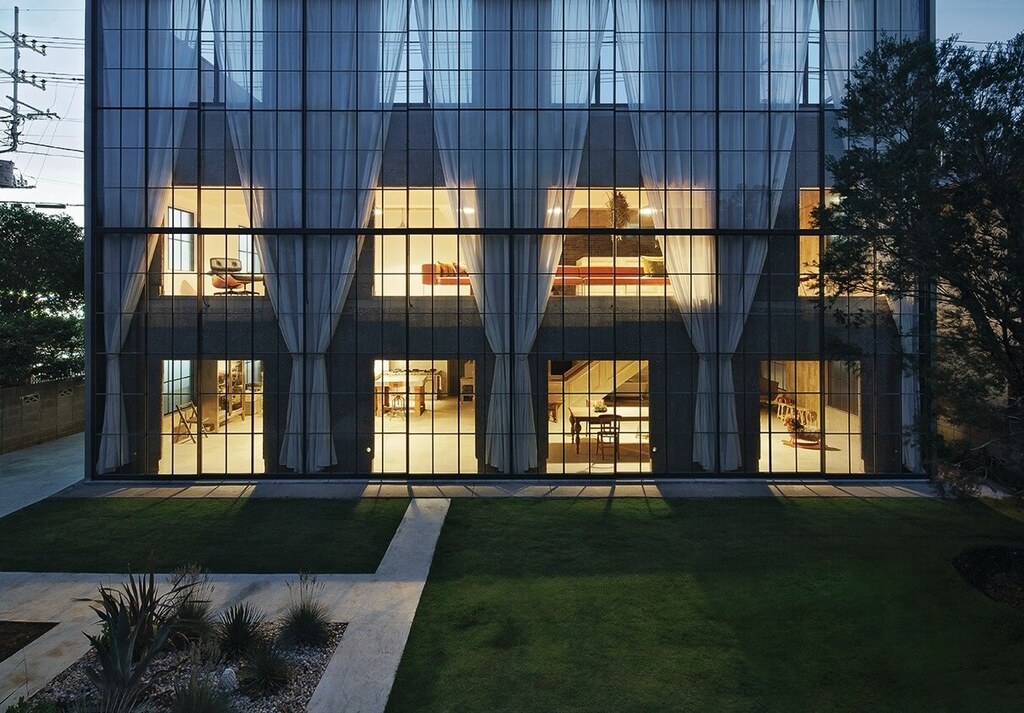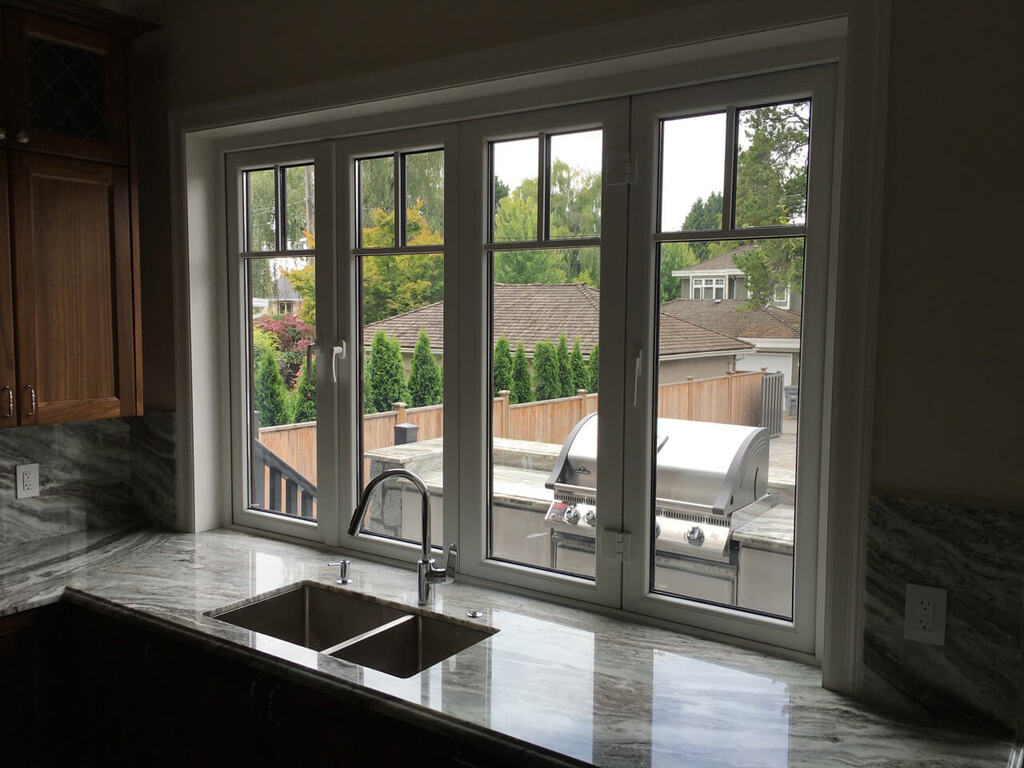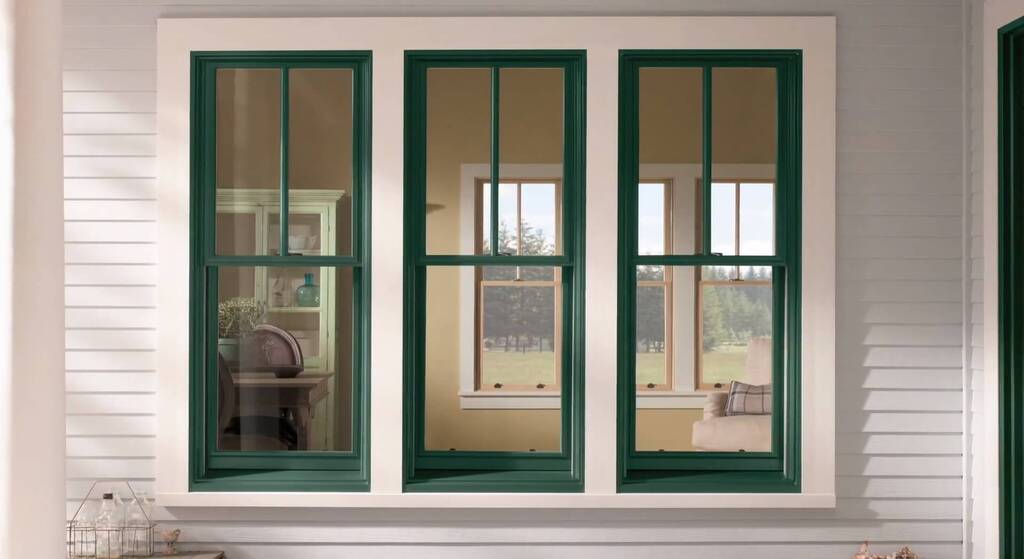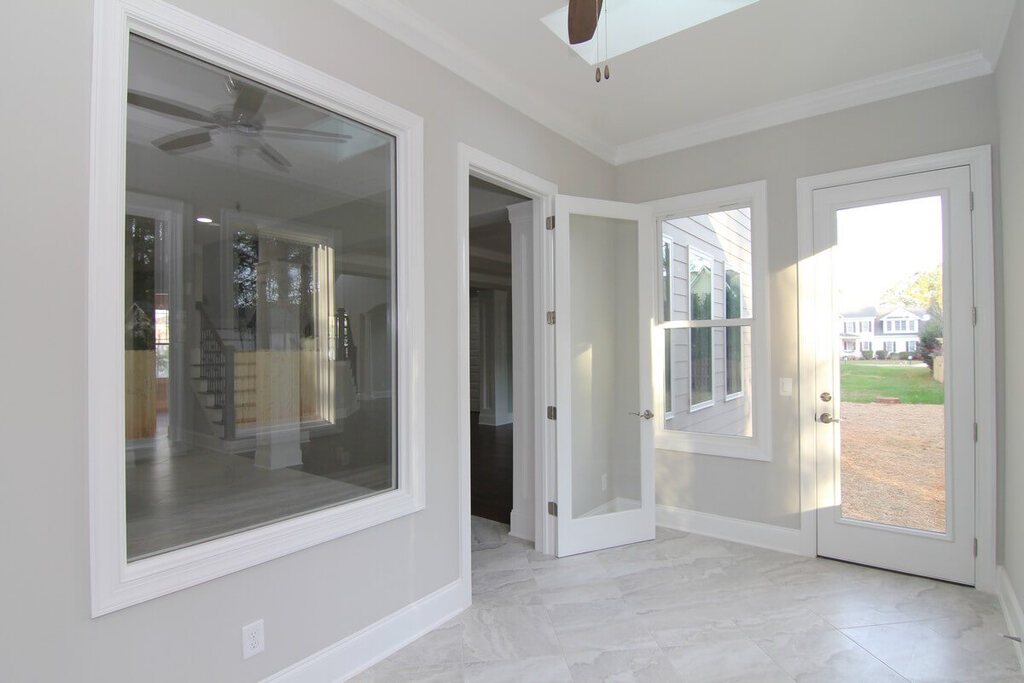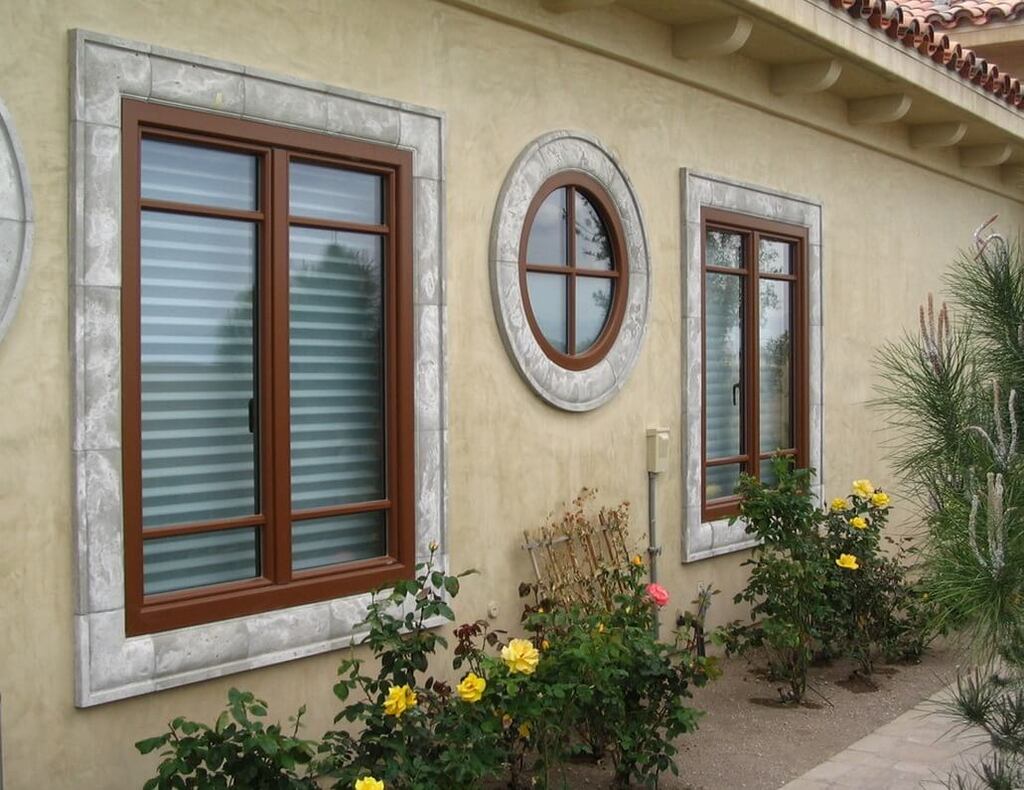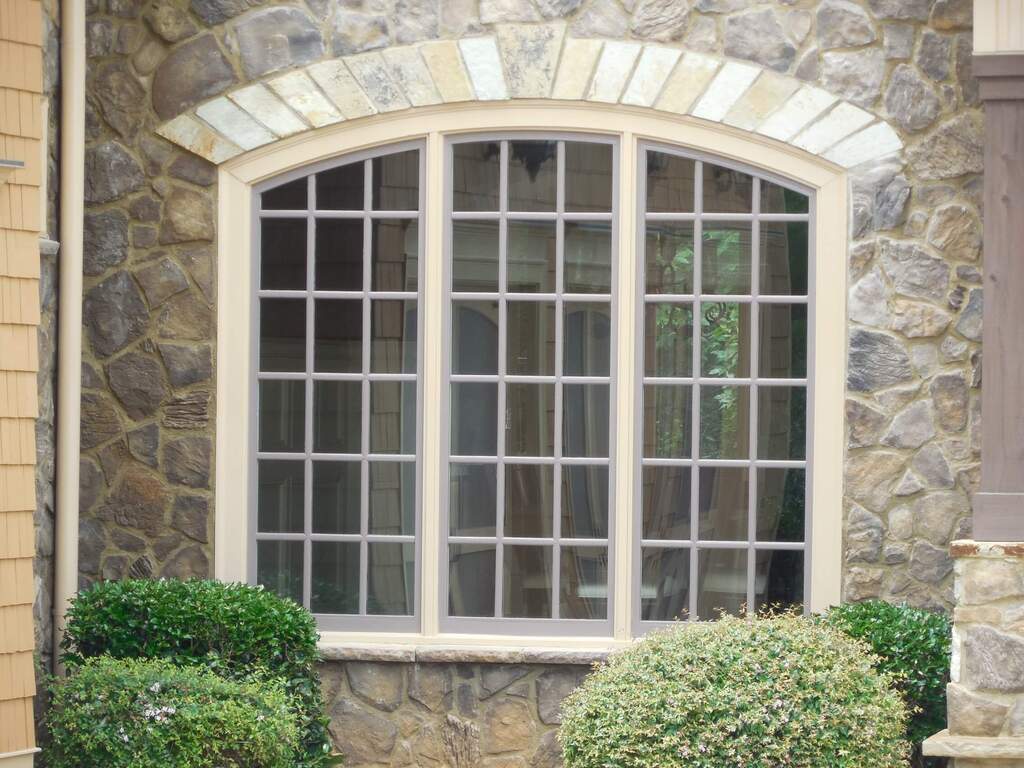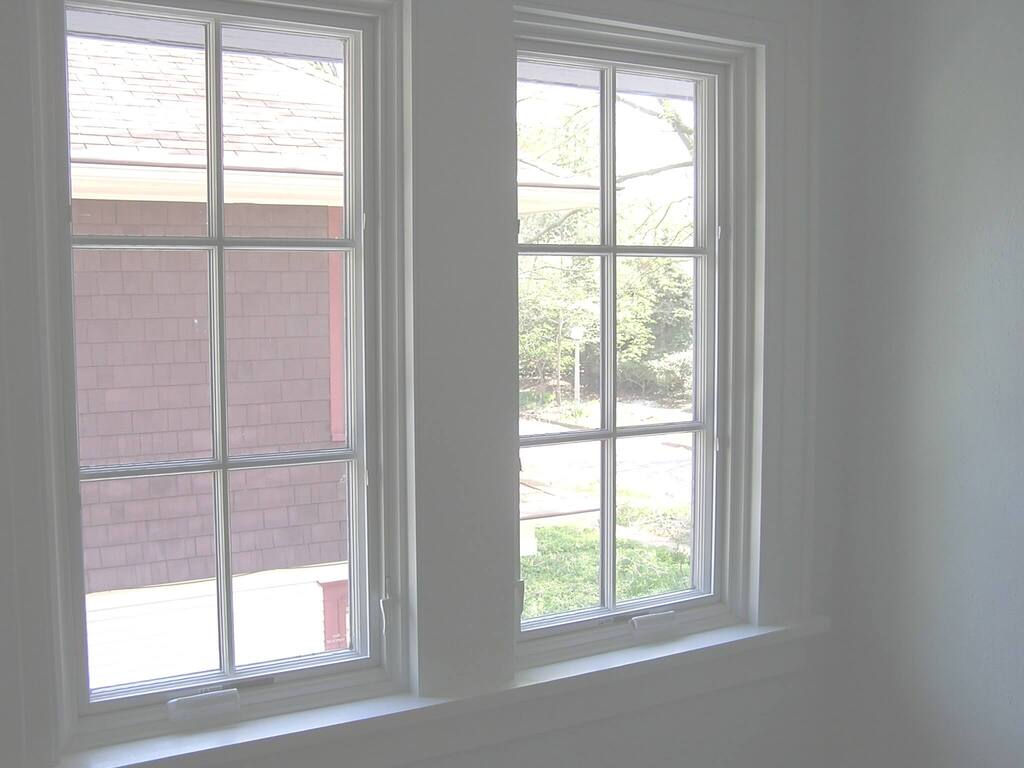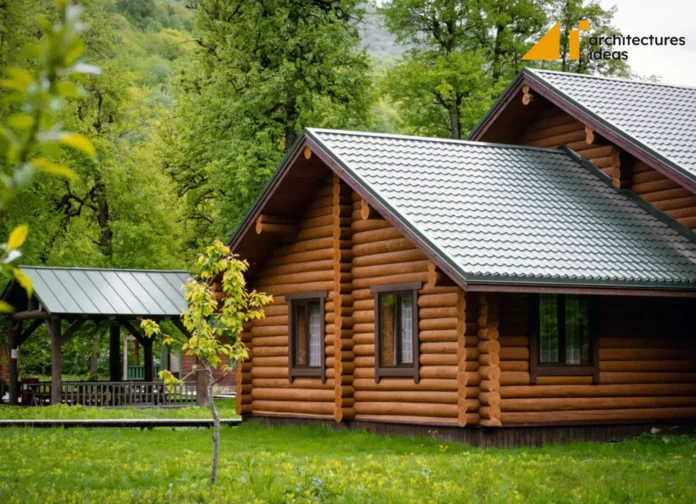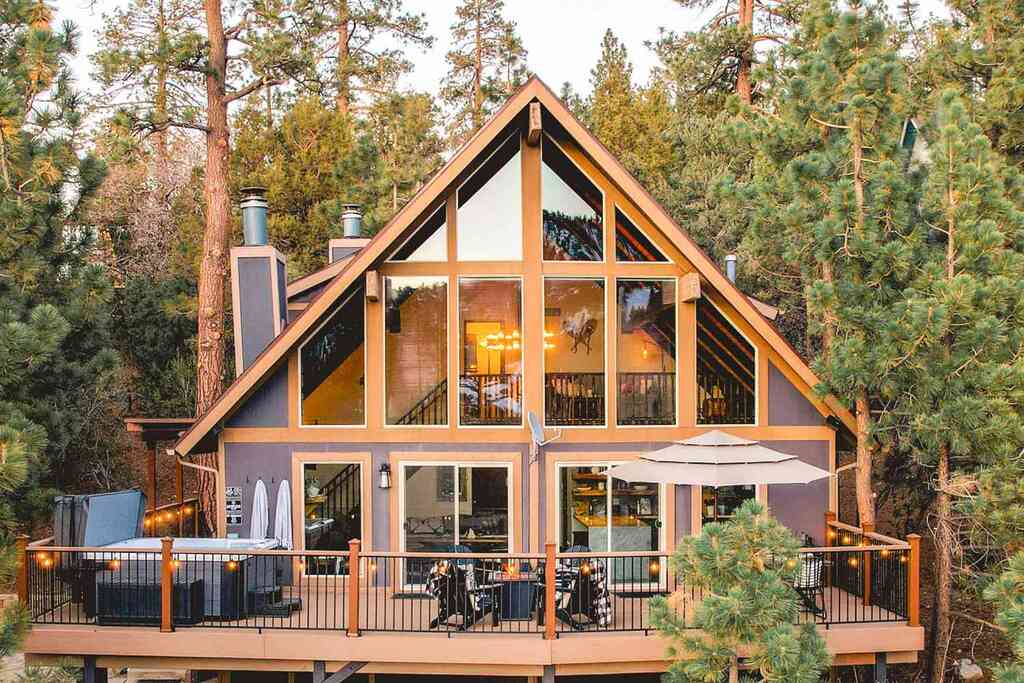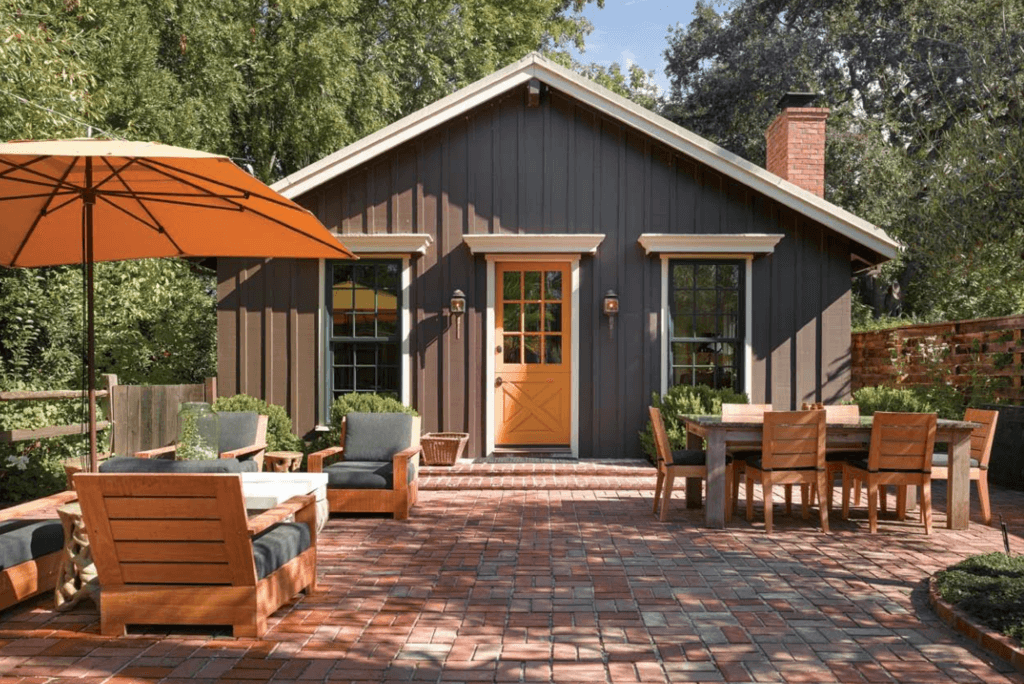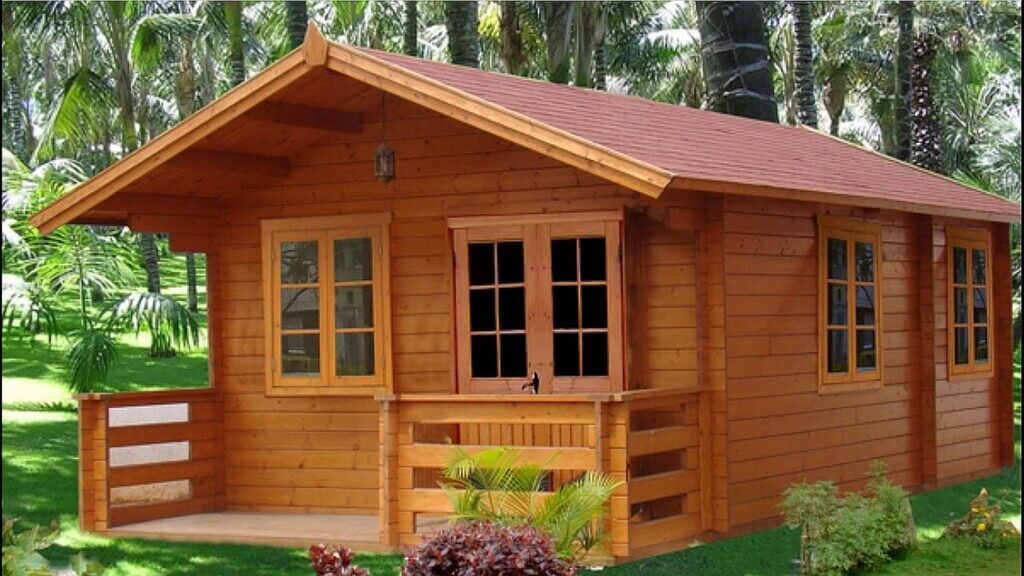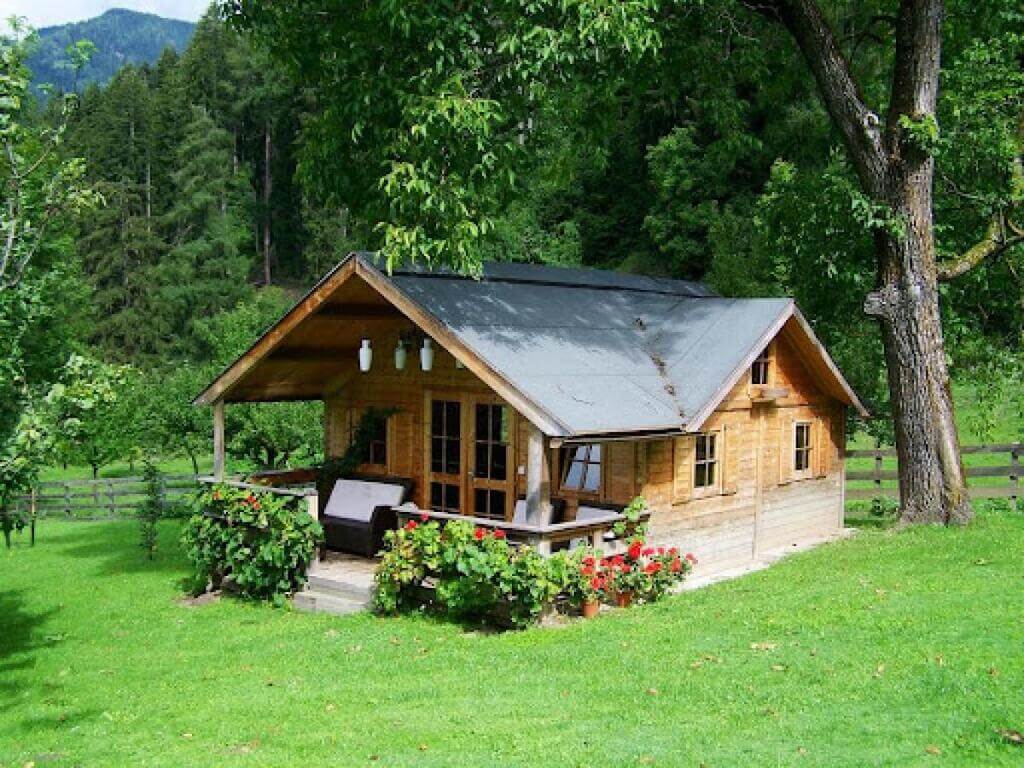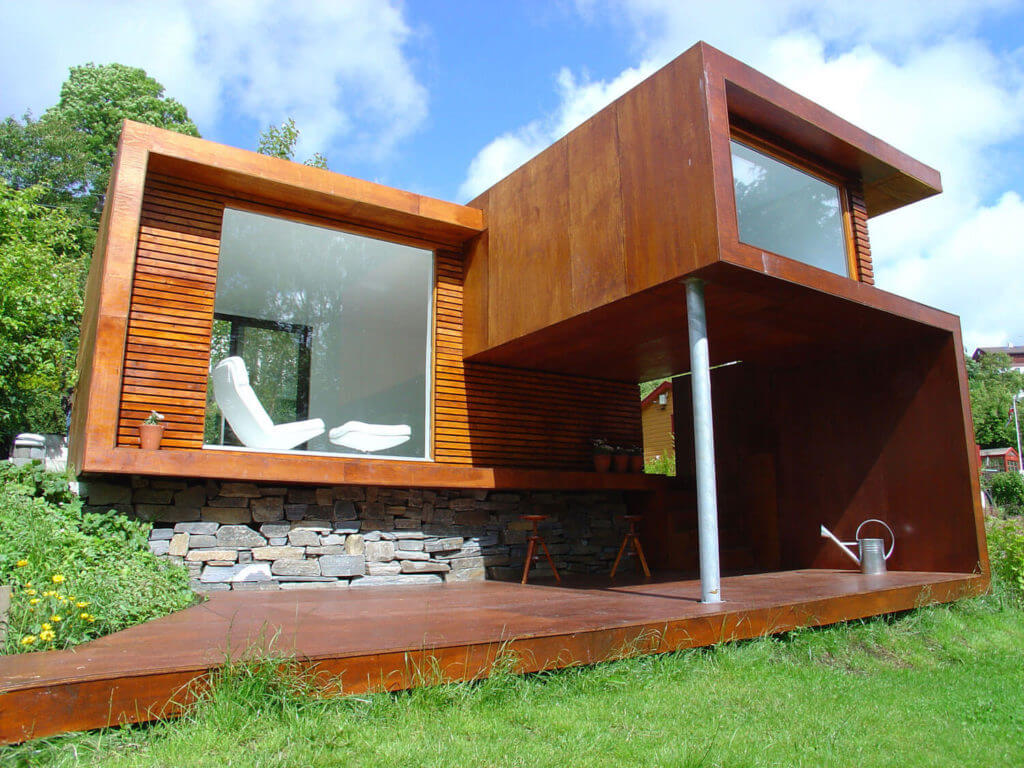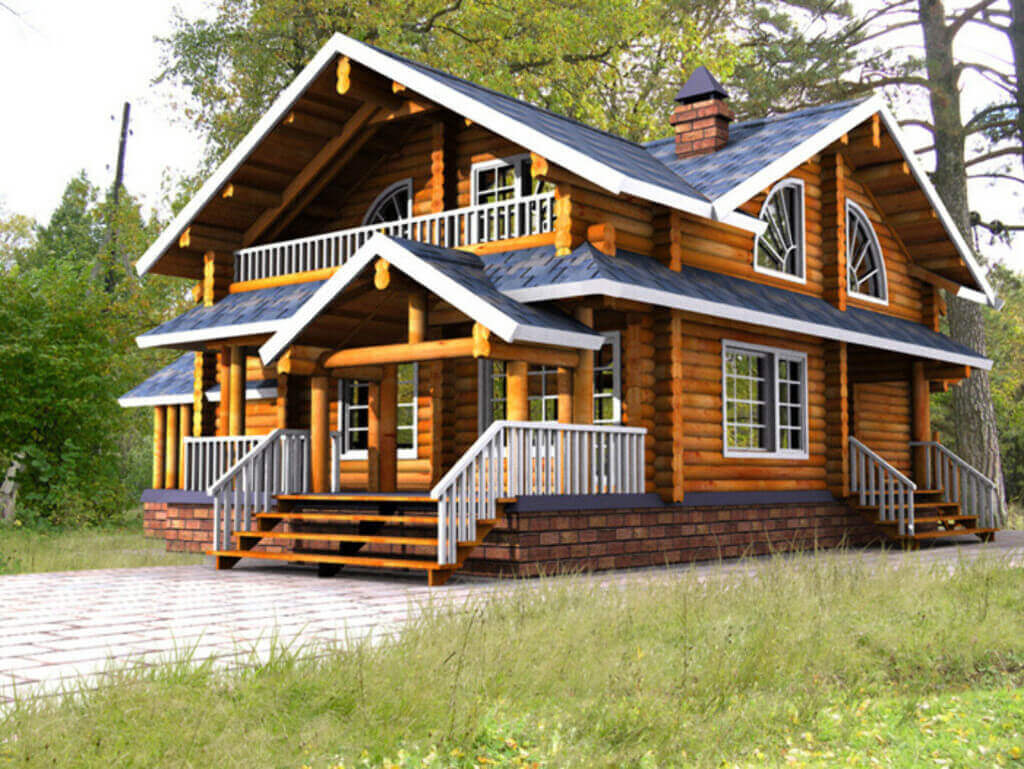From the sandy beaches and amazing views of the Outer Banks to the big, beautiful Blue Ridge Mountains, North Carolina has some cool nature spots. This magnificent location has everything for everyone, from serene little towns to lively college locales, sun-kissed beaches, and gently rolling mountains.
Choosing a place to settle comes with several considerations. Every city and area has distinct allure, whether the general quality of life, the abundance of services, or the local economy’s health. This state has three central regions: the mountains, the Piedmont Plateau, and the coastal plain. Each place has unique features, like the tall mountains in the west, the rolling hills in the middle, and the flat land near the coast.
So, no matter where you are in North Carolina, you’ll find something unique and extraordinary to explore! This city has a lot going for it – low cost of living, moderate weather all year round, a thriving job market, numerous well-regarded colleges, and a better quality of life at affordable rates. Currently, the state has an excellent growth rate of 1.13%, putting it at the 14th spot among all the states in the country.
Let’s check out the top 7 places to live in North Carolina and what makes them unique!
Each spot in North Carolina has unique charm, exciting neighborhoods, and cool things to do. Let’s take a look at the ones that top the list:
1. Raleigh and Durham: A Thriving Tech Sector

Raleigh has a remarkable and exciting history that goes back over two centuries; it is the capital and second-largest city in the state. It is also known as the “City of Oaks,” is an excellent vacation destination for anyone interested in history and the outdoors.
The area’s already impressive culinary industry has been boosted by the arrival of more than 20 small brewers. The region also has more live music venues than any other in North Carolina.
Key Attractions and Lifestyle Benefits in Raleigh and Durham
- Raleigh has some of the top schools in the state since it is part of the Wake County Public School District.
- The city also features prominently in higher education, with ten colleges and institutions having campuses there (including North Carolina State University).
- Located in the broader Research Triangle Park region, it is well-known for its thriving tech sector and favorable job climate.
- The North Carolina Museum of Art and the North Carolina Museum of Natural Sciences are just two of the many Raleigh museums that provide citizens with a wealth of educational, cultural, and recreational options.
- Get away from the hustle and bustle of daily life at one of the city’s many parks or green areas. Newcomers are also warmly welcomed in Raleigh because of the city’s reputation for Southern friendliness.
Education and Employment in Raleigh and Durham
- The highly esteemed Duke University and the University of North Carolina are in Durham. Thirdly, the research triangle produces competent workers. This city has a lot of students because of its excellent employment market.
- With more than 300 medical-related businesses, it has been known as a center for tech-related employment and healthcare.
2. Charlotte: Economic Diversity and Urban Excitement

Charlotte, North Carolina’s biggest city, has an industry that ranges from technology to finance. Thus, the city’s offers are just as diverse as its inhabitants. This city has it all—from endless shopping opportunities to one-of-a-kind nightlife venues—so you’ll never get bored here.
Key Attractions and Lifestyle Benefits in Charlotte
- The city is also the site of many professional sports franchises, such as the Charlotte Hornets of the NBA and the Carolina Panthers of the NFL.
- People seeking to carve up their niche in this picturesque city often go there as it is the site of the coastal operations of Bank of America and Wells Fargo.
- Queen City reflects the city’s vibrant culture, including musicals, art galleries, and more.
Education and Employment in Charlotte
- Charlotte and the surrounding region are home to approximately 40 schools and institutions. However, the city and the surrounding area could be more dense with students.
- Charlotte is ideal for those prepared to enter the workforce since its population includes young professionals and working adults.
3. Asheville: Artistic Haven in the Blue Ridge Mountains

Asheville, North Carolina, is a paradise for artists and ecotourists because of its location in the breathtaking Blue Ridge Mountains. While Asheville is known for its picturesque scenery and delicious beers, the city offers more than that. Those who like active exploration, art, music, and innovative cuisine will find abundant activities to suit their tastes.
Key Attractions and Lifestyle Benefits in Asheville
- With its closeness to the Blue Ridge Parkway and Great Smoky Mountains National Park, Asheville is a popular destination for outdoors enthusiasts.
- The Biltmore Estate and the River Arts District are just two of the many locations in Asheville that play home to festivals and other events all year round.
- You can find natural beauty even in the densest parts of this little but rapidly expanding metropolis. With endless possibilities for eating, drinking, and music festivities throughout the year.
- In addition to its beautiful Blue Ridge Mountain scenery, Asheville is an excellent place for hikers, campers, and other outdoor lovers.
Education and Employment in Asheville
- The city has been a popular choice for immigrants due to its pleasant climate, many work opportunities (particularly in the healthcare and hotel industries), exceptional music, and convenient outdoor leisure access.
4. Winston-Salem: Historic Charm and Modern Appeal
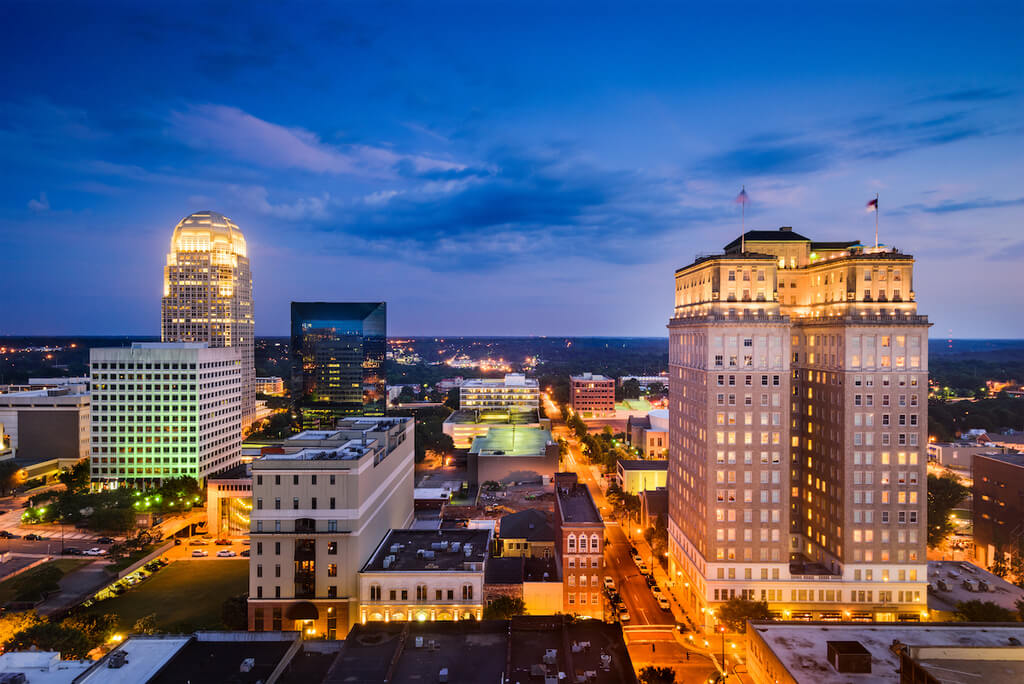
Winston-Salem comes in at number four on the list of the largest cities in the Old North State. With roots in the 1750s, it has a long and illustrious history in Forsyth County. It is closely connected to the tobacco sector and the furniture manufacturing industry.
Key Attractions and Lifestyle Benefits in Winston-Salem
- Beautiful Yadkin Valley, home to several vineyards, is about 1.5 hours from the city. More than 35 wineries in and around Winston-Salem, the town is also a popular choice for those who like visiting vineyards.
- Other attractions include a low cost of living, a wide variety of recreational opportunities (including kayaking, hiking, and mountain biking), a steady job market, and first-rate medical care.
- Several recreational greenways are available for those who want to work out in nature. Relaxing in Bailey Park is one option, but you may also watch Wake Forest University sports if you want to.
Education and Employment in Winston-Salem
- Wake Forest University and the University of North Carolina School of the Arts are prestigious educational institutions that draw students and young professionals to this vibrant city.
5. Greensboro: Triad’s Green Oasis with Cultural Flourish
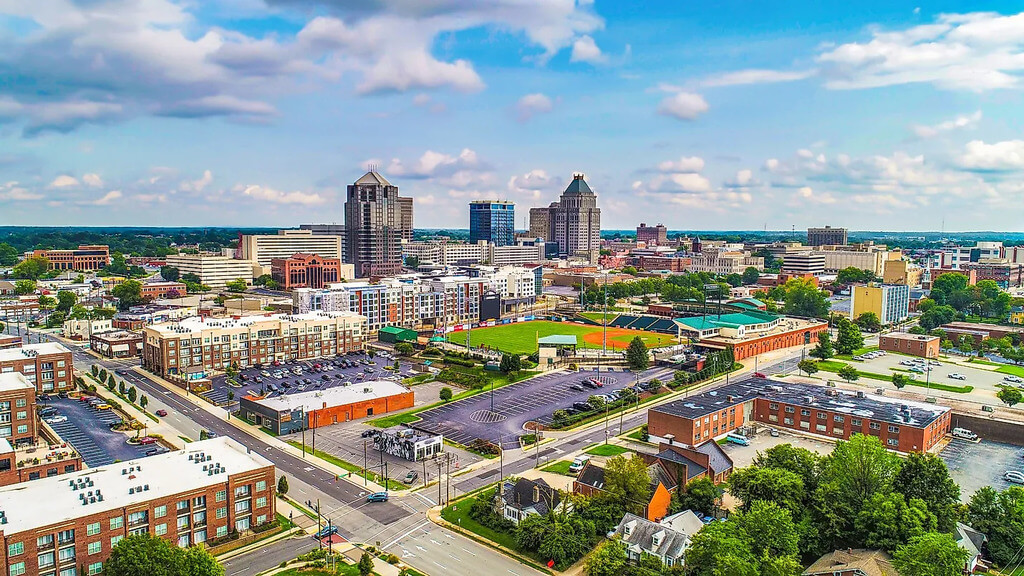
Greensboro, North Carolina, is one of many in the Triad area, with metropolitan conveniences and scenic countryside.
Ranked among the “Greenest Cities in America” time and time again. Its many eco-friendly programs demonstrate its dedication to environmental responsibility.
Key Attractions and Lifestyle Benefits in Greensboro
- Plenty of places for people to go hiking, biking, or strolling in this city because of its vast system of greenways and paths.
- The Blue Ridge Mountains and the North Carolina coast are easily accessible from Greensboro because of the city’s central position.
Education and Employment in Greensboro
- Greensboro, the third biggest in the state, has five institutions and a thriving art scene.
- The city offers a diverse array of entertainment opportunities to its citizens, thanks to its many theaters, galleries, and music venues.
6. Chapel Hill: Academic Excellence and Cultural Charm

Chapel Hill, nestled in the heart of North Carolina, stands out as a city synonymous with academic excellence and cultural charm and Chapel Hill embraces a sense of community, with friendly neighborhoods and a welcoming environment. The city’s commitment to sustainability and green initiatives adds to its magnificence, making it an ideal place for those seeking a balance between academic pursuits and a high quality of life.
Key Attractions and Lifestyle Benefits in Chapel Hill
- Franklin Street bustles with energy, hosting eclectic shops, restaurants, and cultural events. Residents and visitors can enjoy a blend of theater, art galleries, and music venues, creating a rich tapestry of entertainment options.
- Surrounded by the exquisite beauty of North Carolina, Chapel Hill offers outdoor enthusiasts numerous opportunities for exploration.
- From hiking trails to scenic parks, the city perfectly balances academic pursuits and natural retreats.
Education and Employment in Chapel Hill
- Home to the prestigious University of North Carolina at Chapel Hill, this city offers a vibrant and intellectual atmosphere.
- Chapel Hill takes pride in being part of the renowned Research Triangle, fostering innovation and cutting-edge research.
- The university’s influence extends beyond academics, contributing to the city’s diverse cultural landscape.
7. Wilmington: Coastal Charm and Historic Allure
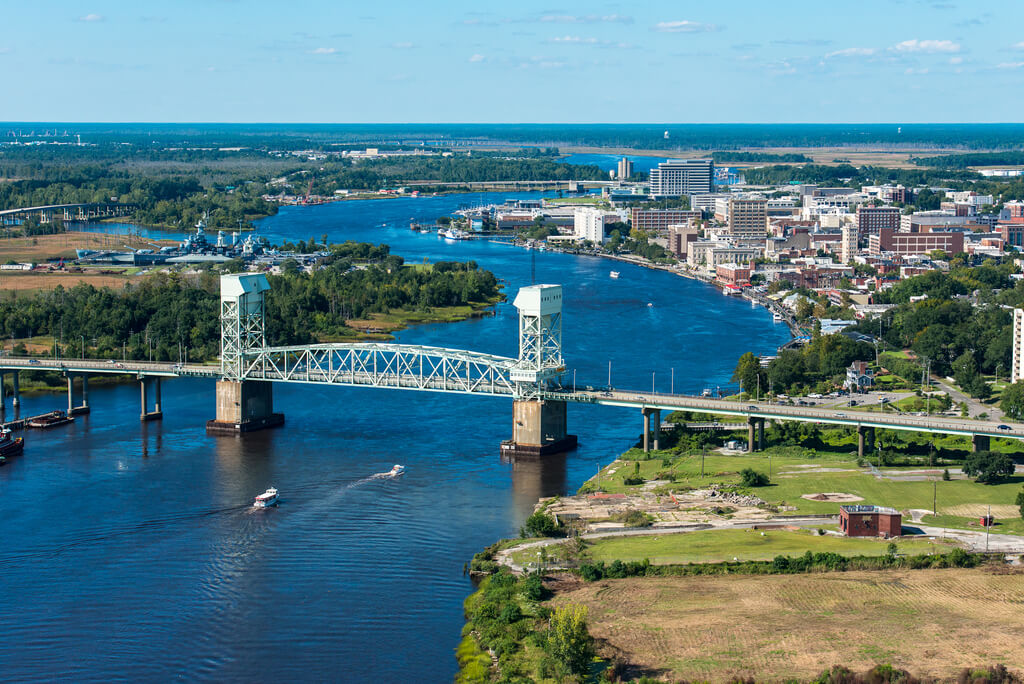
Wilmington’s charming downtown area, which runs along the Cape Fear River, and its Colonial port atmosphere are well-known. Wilmington is a beautiful choice for a beach town with a relaxed atmosphere. In addition to stunning beaches, this lively city is known for its attractive markets, mouth-watering restaurants, and exciting live music venues.
Key Attractions and Lifestyle Benefits in Wilmington
- You must visit this place to see the USS North Carolina, a museum ship that was once a WWII battleship.
- Nearby Wrightsville Beach and the world-famous Figure 8 Island attract beach bums yearning to taste city life.
Education and Employment in Wilmington
- Due to its proximity to the Atlantic Ocean and its home to the University of North Carolina (UNC) and Cape Fear Community College, this region has a high concentration of students.
- The vast student body and the flood of new graduates give Wilmington a lively, youthful vibe.
For What Reason Should You Live in North Carolina?
1. The Job Market Continues to Grow
North Carolina plans to add around 445,000 jobs by the year 2030. Even with this more modest growth, North Carolina’s job market is still doing well. The state’s projected growth rate is nearly twice as high as the expected national growth rate, which is only 0.51%.
2. Thriving Business Climate
Expanding the banking, IT, and pharmaceutical industries has contributed to North Carolina’s booming economy. In 2023, CNBC recognized North Carolina as America’s top state for business.
3. An Affordable Way of Life
North Carolina’s cost of living, about 4% lower than the average U.S. city, makes it a “Goldilocks state”—not too expensive or cheap.
Conclusion
North Carolina has a wide variety of lively and exciting towns, and they all have distinct characteristics. Whether you’re looking for the suburban charm of Morrisville or the seaside splendor of Wilmington, North Carolina has a spot for you.
No matter your preference, North Carolina offers many environments, from lively cities to quiet beach towns. Before you search for the ideal spot to call home in this picturesque state, look at these highly recommended cities and neighborhoods.
Explore Further


